

MARC JAEGERS, GLOBAL LOGISTICS TECHNOLOGY AND INNOVATION MANAGER AND DANIEL PRUTTI, HEAD OF GLOBAL LOGISTICS, PLANNING AND PROCUREMENT SHARE INSIGHTS INTO RHI MAGNESITA’S JOURNEY TO OVERHAUL ITS GLOBAL LOGISTICS OPERATIONS
ALSO IN THIS ISSUE

MAY 2024 DIGITAL MAGAZINE

Do you work with a disruptive and innovative company that’s going places?
We want to hear from you.
Tell us all about the startup or SME by emailing enquiries@ithink.media and we’ll consider them for inclusion in an exciting project we have lined up in 2024.
Subscribe and keep your eyes peeled. More to come soon…
FROM THE EDITOR
Welcome to the May 2024 edition of INNOVATION Magazine!
We are delighted to share three exclusive interviews with you this month, together with the latest global technology news and features.

For our cover interview this month, I speak to Marc Jaegers, Global Logistics Technology and Innovation Manager and Daniel Prutti, Head of Global Logistics, Planning and Procurement at RHI Magnesita, one of the world’s foremost suppliers of refractory products, services and systems. We dive into the company’s global logistics transformation – exploring the values, strategies, technologies and partnerships that made it possible (p6).
Sunil Veddam, Senior Director of Sustainability at leading consulting firm Capgemini joins me to unpack how they catalyse sustainable transformation for clients in diverse industries spanning the public and private sectors (p34).
I sit down with Andri Eyjolfsson, Executive Director of Operations at PLAY, who shares his insights into the innovation and strategies behind the journey so far at Iceland’s newest budget airline (p54).
Our features this month cover infusing ESG reporting with GenAI (p24), enhancing UX and engagement with gamification (p44), transforming blockchain with AI (p64), driving the UK’s EV transition with a first-of-its-kind, public smart charging solution (p76) and breaking ground on BAE Systems’ new engineering and product development site (p88).
Our Startup of the Month is The Quest for Femininity – the company looking to create a space for women in technology roles to reconnect with their authentic selves (p98).
Before you dive into this month’s magazine, we are launching an exciting project to celebrate startups and SMEs in 2024. If you work at or with a company that’s going to disrupt its industry with new technology or innovation – we want to hear from you! Contact us at enquiries@ithink.media or connect with me on LinkedIn.
Please enjoy our latest edition. If you would like to be considered as an interviewee or you have a story for us to include, please do get in touch.
3
+44 (0) 203 890 1189 enquiries@ithink.media d.harris@ithink.media t.barnes@ithink.media editorial@ithink.media Editor Ben Craske Director Danielle Harris Director Tom Barnes design@ithink.media Senior Digital Designer Daniel May
All rights reserved. Every effort is made to ensure the accuracy of material published in Innovation Magazine. However, the company cannot accept responsibility for the claims made by advertisers or contributors, or inaccurate material supplied by advertisers. Innovation Magazine is a product of iThink Media Ltd. Company Registration Number: 10933897. Company Registered in England and Wales
MAY 2024
6
Marc Jaegers and Daniel Prutti on RHI Magnesita’s journey to overhaul its global logistics operations

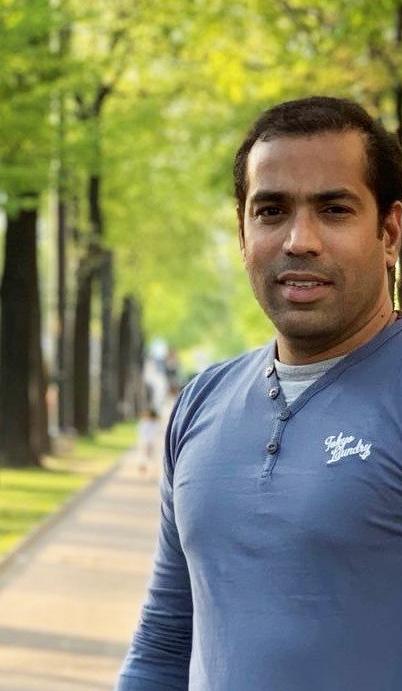
Sunil Veddam on Capgemini’s sustainable solutions
24
Explore Infor’s new GenAI ESG reporting capabilities
44
New partnership to brands’ cross-platform engagement through gamification

Capgemini’s solutions
GenAI and capabilities
MAY 2024 improve cross-platform through 88
BAE Systems announces new engineering and product facility

Revolutionary smart charging rollout to drive the UK’s EV transition
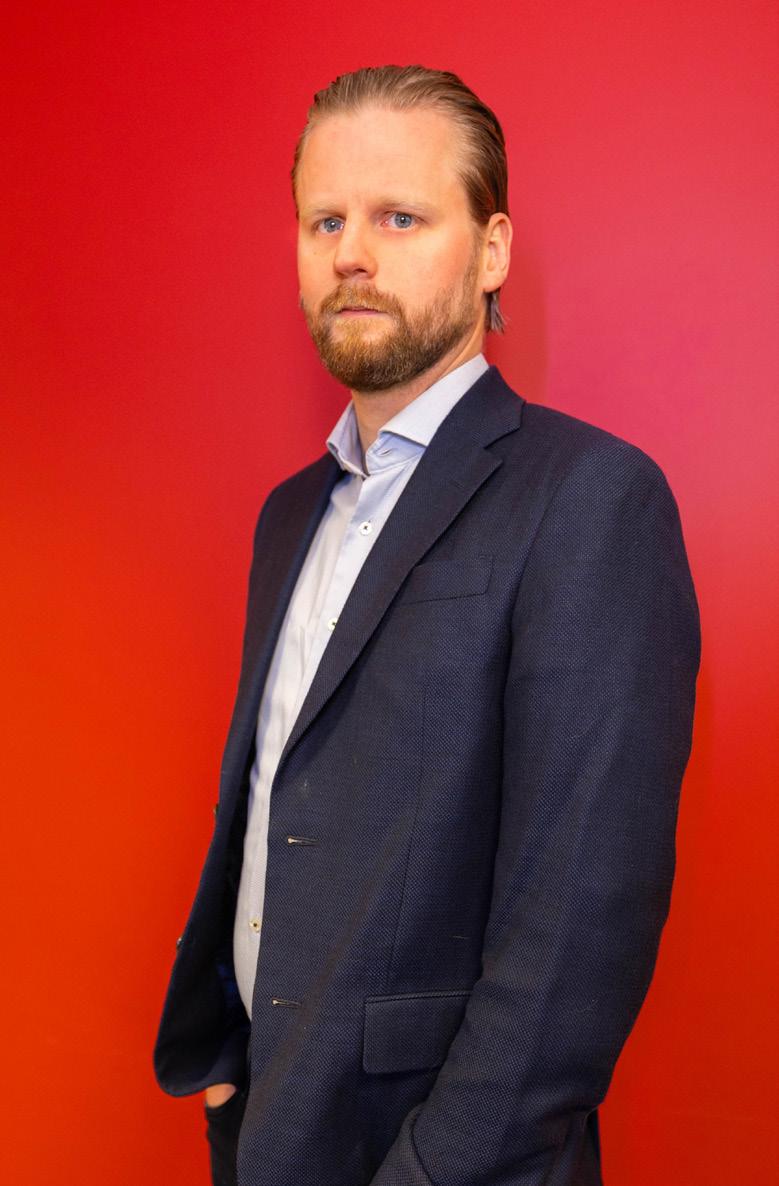
We speak to Andri Eyjolfsson at PLAY Airlines about the company’s evolution

Meet The Quest for Femininity, our Startup of the Month

Singapore-based blockchain aelf integrates AI into its network
5
54
34
64
98
76
IGNITING TRANSFORMATION AT RHI
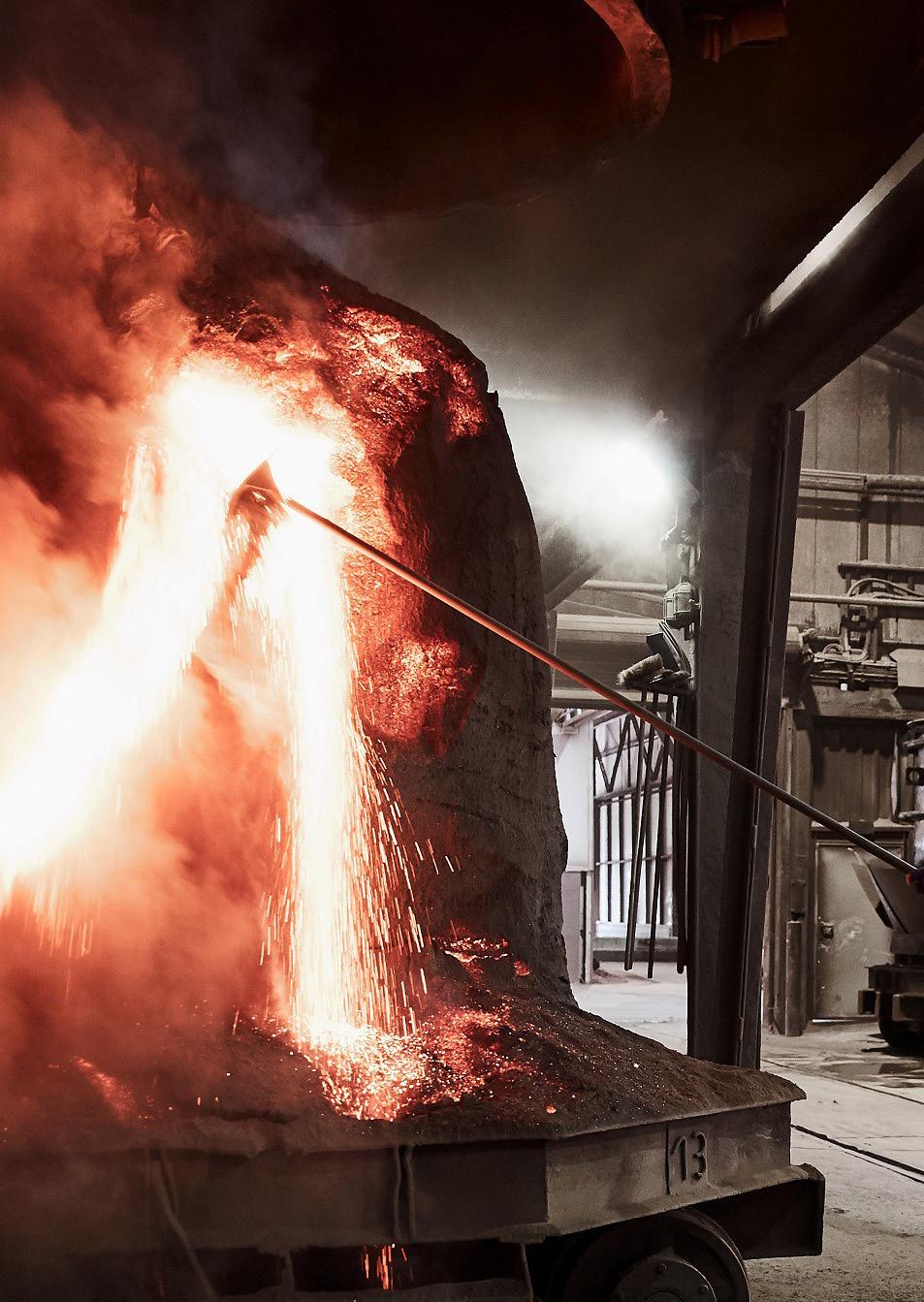
COVER STORY
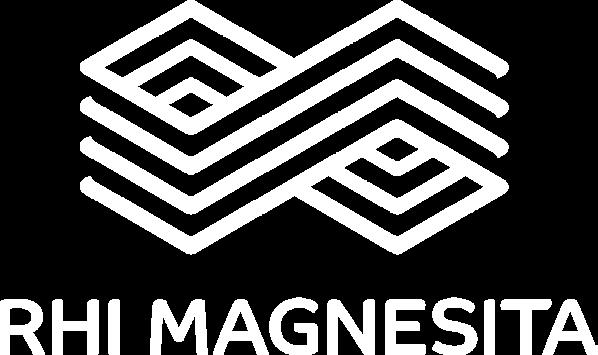
IGNITING TRANSFORMATION RHI MAGNESITA
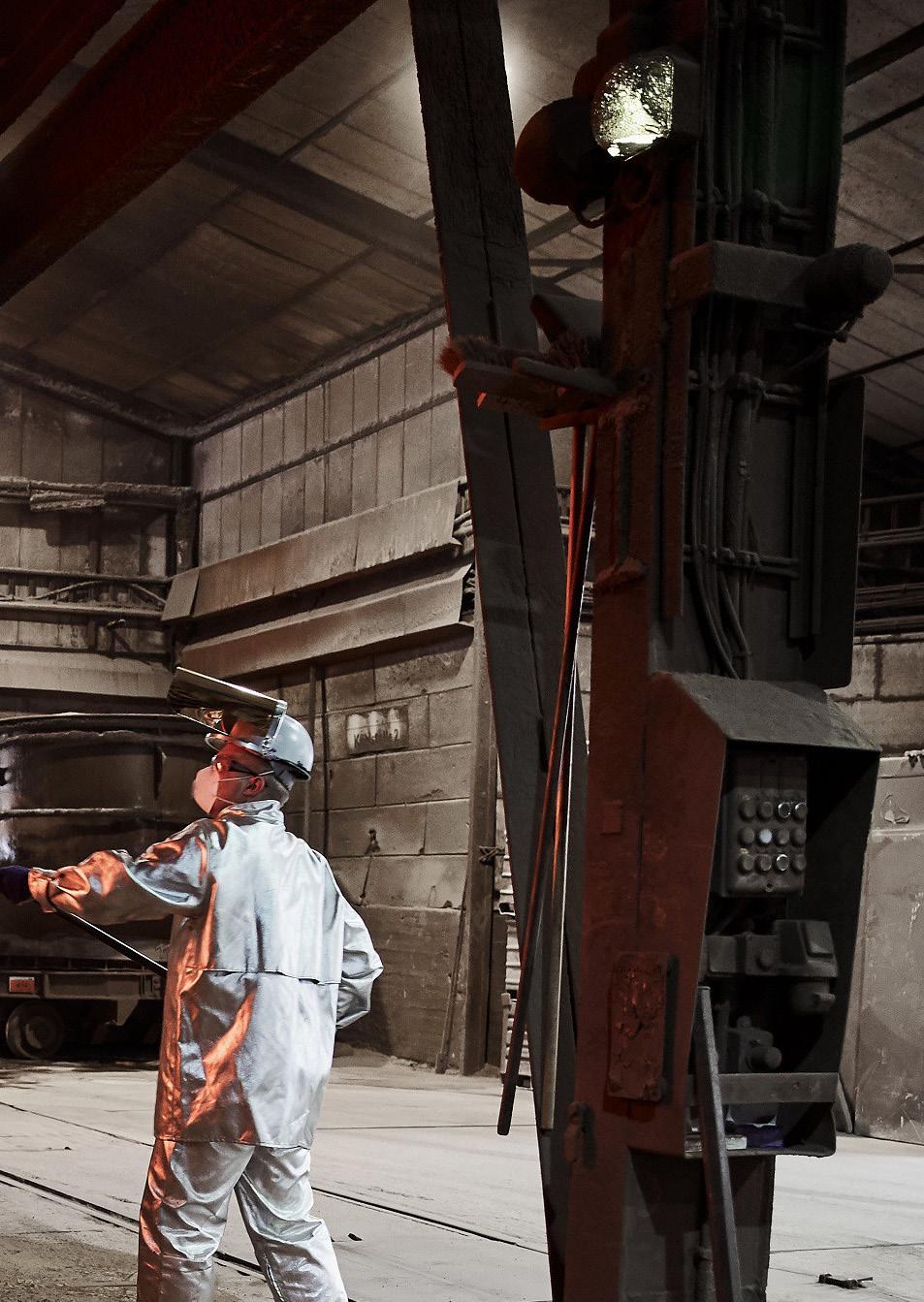
Marc Jaegers, Global Logistics Technology and Innovation Manager and Daniel Prutti, Head of Global Logistics, Planning and Procurement at RHI Magnesita share insights into the company’s journey to overhaul its global logistics operations.
GLOBAL SUPPLIER OF HIGH-GRADE
REFRACTORY PRODUCTS, SYSTEMS AND SOLUTIONS WHICH ARE CRITICAL FOR HIGH-TEMPERATURE PROCESSES EXCEEDING 1,200°C
IN A WIDE RANGE OF INDUSTRIES, INCLUDING STEEL, CEMENT, NONFERROUS METALS AND GLASS.
he company strives to leverage its leadership in terms of revenue, scale, product portfolio and diversified geographic presence to target strategically those countries and regions benefitting from more dynamic economic growth prospects.
With a vertically integrated value chain, from raw materials to refractory products and full performance-based solutions, RHI Magnesita serves customers around the world, with around 16,000 employees in 47 main production sites, 8 recycling facilities and more than 70 sales offices.
This vertically integrated value chain not only protects RHI Magnesita from external disruptions – it
provides a resilient foundation for innovation. In recent years RHI Magnesita has embraced a journey of comprehensive global logistics transformation – revolutionising its culture, strategic partnerships, supply chain, procurement, technology and regionalised approach to globalised operations in the process.
Here to walk us through the transformation journey are Marc Jaegers, Global Logistics Technology and Innovation Manager and Daniel Prutti, Head of Global Logistics, Planning and Procurement at RHI Magnesita.
Marc and Daniel set the scene for the company’s transformative journey by rewinding to 2017, when RHI AG merged with Magnesita, based in Brazil. The combination
8 RHI MAGNESITA
IS THE LEADING

of two world-leading refractory companies catalysed a need for a comprehensive global logistics transformation at the newly formed RHI Magnesita.
Daniel has been with RHI AG and RHI Magnesita for a total of 12 years, and in the last two he has headed its global logistics team – which started with just three people, but has now upscaled its capabilities tremendously by appointing internal talents to key roles as well as hiring external ocean trade experts. This growth reflects the company’s
burgeoning focus and attention on global logistics. In April 2024, this global logistics team merged with the procurement department –bringing planning, logistics, supply chain and procurement under one banner.
Marc joined RHI Magnesita in 2019 and his background is in logistics, technology and consulting. Marc thrives on creating road maps to bring value to a company, and he saw a tremendous opportunity for comprehensive change – driven by technology, expertise and strategic
9
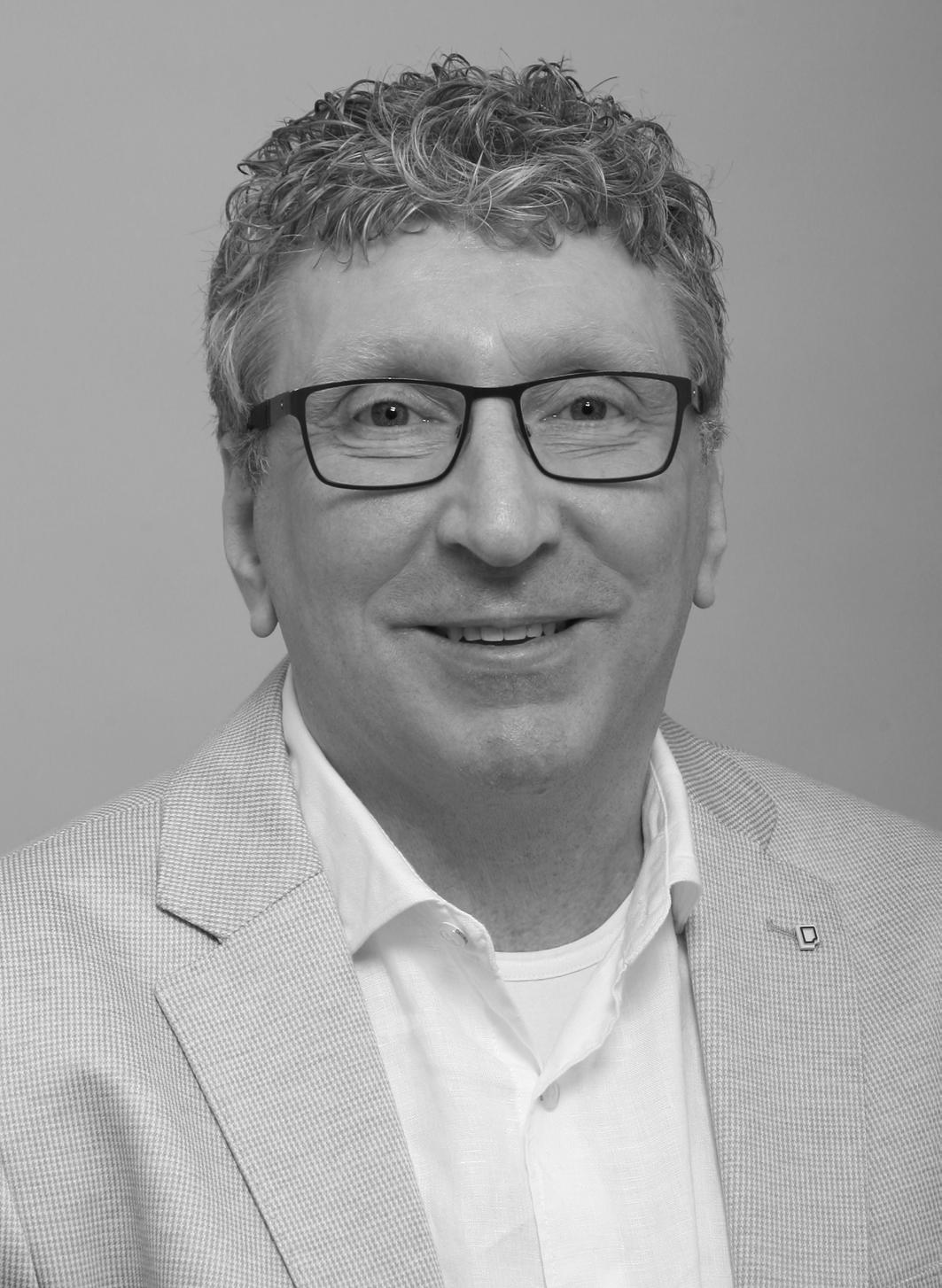
overhaul – when he joined the business.
So what were the values underpinning the strategic roadmap for RHI Magnesita’s transformative journey?
The process began with a period of self-reflection and mindset change, according to Daniel.
“Our first conclusion was that, as a world-leading refractory company, our success depends on global logistics – but we are not a freight forwarding company,” says Daniel. “This realisation led us to identify a need for choice and value. Therefore, our first objective was strategic alliances: finding the right partners who could work with us long term.
“Closely related to this was the second objective, where we began the process of overhauling our partner performance analysis and management.
“The third objective within the global logistics transformation hinged on process excellence. Because many of our competitors are regional or even local players, we recognised this gave them a degree of agility based on proximity as we initiated the self-reflection stage of the transformation. We wanted to match this agility and responsiveness by developing our process excellence and joining this endeavour to the first objective of wielding strategic partners. As a vertically integrated company, one of our key strengths is we are now able to orchestrate globally but execute regionally and locally.
“The final piece of the puzzle in those early days, when we prepared to embark on our transformation journey, was the establishment of a strong relationship with asset owners. If you look at the ocean market these days, the asset owners (ocean lines) have an incredible command of the freight industry. If you consider the dozens of freight forwarders offering freight services, in reality, they are all beholden to a small handful of major ocean asset owners.
10
“WE KNEW WE NEEDED TO HAVE THE RIGHT TECHNOLOGY IN PLACE FOR US TO SUPPORT ALL THE CHANGES THAT WE WANTED TO ENACT”
Marc Jaegers, Global Logistics Technology & Innovation Manager
“Once we realised this, we changed our approach radically and sought to deal with the ocean lines directly, as much as possible, to enhance our freight network and bring in new concepts to transform our operations and thrive as a business. In 2021, only 5% of our business was contracted with ocean asset owners. Now, in 2024, that number is closer to 50%.”
Once these priorities had been identified, RHI Magnesita turned its attention to the technology and strategies which would enable progress towards them. However, as Marc notes, while there were IT components to the transformation – it was not a purely IT project. Instead, it had to be a businessdriven rather than an IT-driven initiative.
“We knew we needed to have the right technology in place for us to support all the changes that we wanted to enact,” says Marc. “But the momentum for the project stemmed from the business organisation and not
the IT organisation alone. While we of course aligned closely with the IT department along the way, we built a comprehensive change management support mechanism around the project, drawn from stakeholders in multiple teams across the company, to enable the deep, meaningful transformation and the new ways of working we were striving towards.”
How did Marc, Daniel and the global logistics team tie the transformation into broader corporate strategies and start bringing in the new technologies to enable it?
“When we started this project, we considered how can we ensure that we support the company in various areas but also align the transformation with broader corporate strategies,” explains Marc. “One of the drivers at the corporate level was we wanted to avoid what we call ‘value leakage’ from the business.
“One example is in transportation management. If you have limited
11

control over your transportation management, you can end up spending money where you don't want to spend money, for instance, on demurrage costs.
“As such we had to connect the global logistics transformation project to the broader company strategy for facilitating better cost control measures.
“Another contextual factor for the project was the company’s concurrent mindset shift to endto-end value chain thinking, with a strong emphasis on customer centricity.
core component of the global logistics transformation. We have a very complex and expansive supply chain because we move a large part of our goods around the world. But they're ultimately managed and distributed locally. We wanted to ensure that by having the right technology and collaboration platform in place, we could facilitate closer interactions between our global and regional teams. In the process, we have forged a deeper tactical and operational connection between all levels of the company: using the same data on the same platform, seamlessly.”
The need to deploy a new enterprise resource planning (ERP) system, which can be a major disruptive experience for companies, added extra impetus to the global logistics transformation, shares Daniel. However, the success of the transformation project placed RHI Magnesita in a strong position to begin its ERP transition this year, he notes.
“Lastly, the broader corporate strategy for shifting to a more regional and local focus was a
“Most traditional ERP setups are too complex to drive value and benefits,” argues Daniel. “In conjunction, as with many other companies relying on SAP R/3, we knew change was imminent with the transition to S/4HANA. In light of all this, we wanted to mitigate the risks of transformation to a new ERP as much as possible.
12
“WE KNOW THAT INTEGRATED SYSTEMS OFFER ADVANTAGES, BUT OUR COMPANY CLEARLY SAID WE ARE NOT AFRAID OF BRINGING IN THE BEST SYSTEMS IN EACH FIELD”
Daniel Prutti, VP - Head of Global Logistics, Planning and Procurement
“We asked ourselves how we could offset the risk of such a big programme, and it became clear that we needed to deploy the changes related to our transportation, foreign trade,
logistics transformation and technology up-scaling first.”
Elaborating on the role of technology upscaling within the transformation journey at RHI Magnesita, Daniel
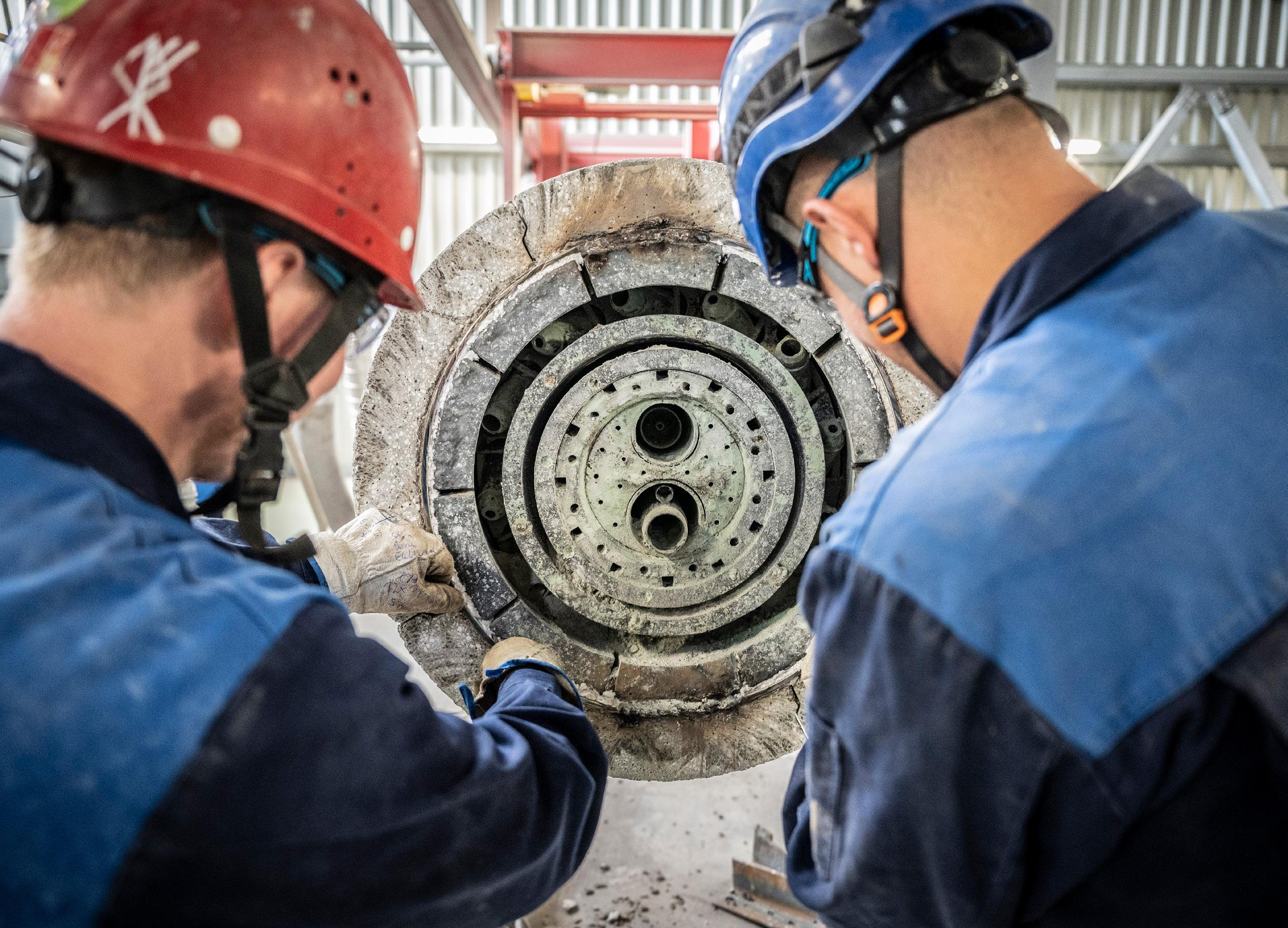
13
“WHEN WE CONSIDERED WHAT WOULD OFFER US THE BEST OVERALL VALUE CASE FROM A TECHNOLOGY MATURITY LEVEL, ORACLE OFFERED THE BEST SOLUTION”
highlights the need to balance developing integrated systems while recognising where it would be best to outsource technological dynamics or software solutions with strategic partnerships.
“We know that integrated systems offer advantages,” begins Daniel. “But our company clearly said we are not afraid of bringing in the
best systems in each field. With the current state of digitalisation we see today, there are very powerful software solutions and integrator or orchestrator tools available on the market. Also, there comes a point where you need to recognise your strengths as a company and bring in external experts or products to support your operations – so you can focus on what you do best. We
Unlock Growth Potential with Oracle Transportation Management!
Oracle was thrilled to collaborate with RHI Magnesita on their transportation initiative. Together, we're rede�ning logistics processes and delivering a �exible, agile global transport operation.
Customers demand solutions that evolve with their dynamic supply chain needs. That's why we're investing in AI, Machine Learning, Sustainability and Tactical Modeling capabilities. Join us on this transformative journey!
Ready to revolutionise your transportation strategy? Click below to learn more and partner with Oracle today!
Learn more
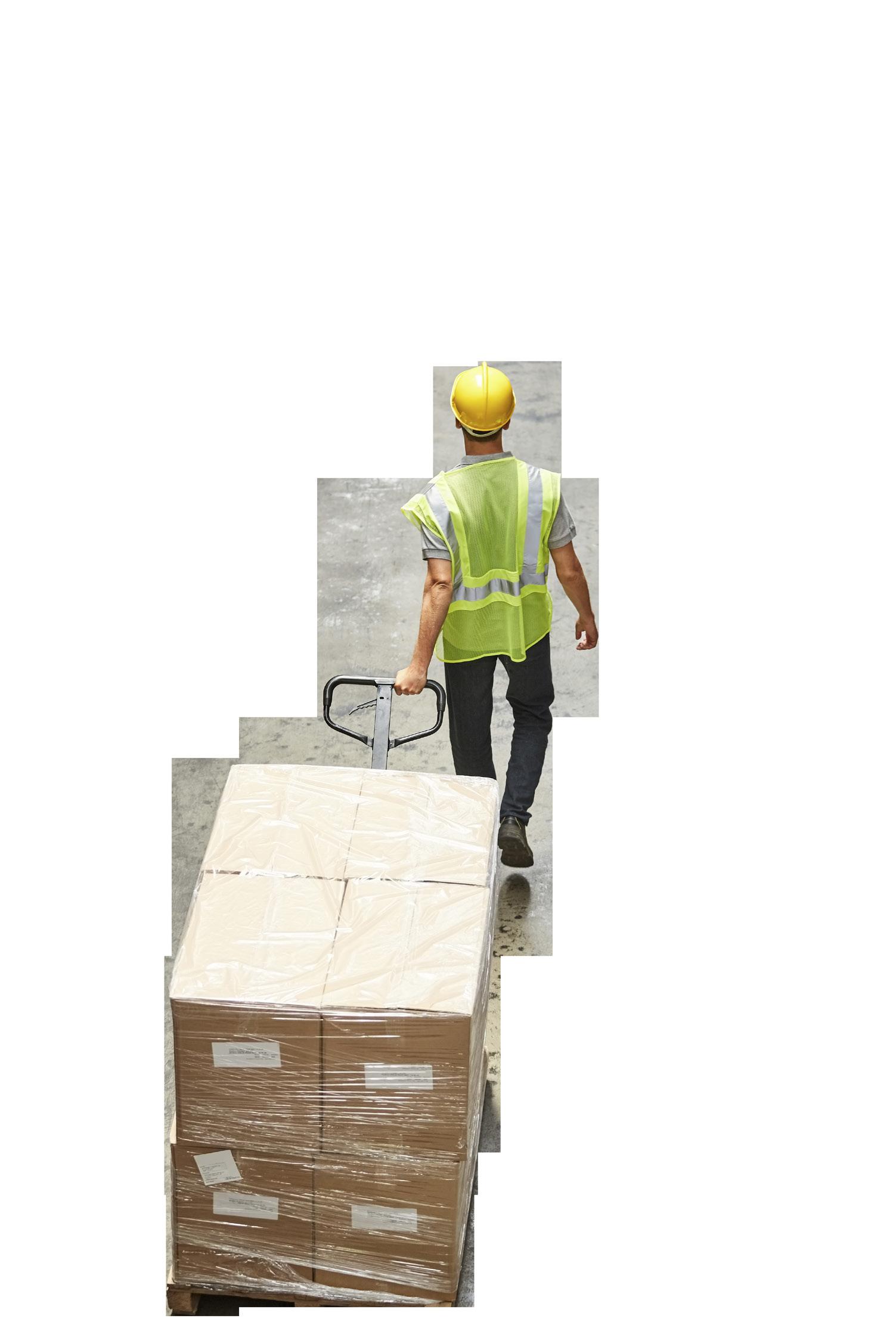

14
are not a freight company or an IT business, for instance – so therefore we need to find the best solutions to meet our business ambitions. We also realise that as we have digitalised our company, upscaling our own integrated systems and technology solutions, we have become even more attractive as prospective partners in the process. In this way, we can drive down the total cost of ownership because our processes and technology offer mutual benefits of efficiency and effectiveness to both us and our partners.”
Marc weighs in here to emphasise the importance of RHI Magnesita’s approach to partner selection and how the company envisions its technology solutions as a platform for the future.
“When we started the selection process, we did not want to go through a traditional paper-based request for quote (RFQ) process,” explains Marc. “For instance when we sought a new transportation management system (TMS), we spoke to a vast number of relevant vendors, created a shortlist and called a meet and greet session. Here we explained our needs and our guests had the opportunity to explain their solutions and offerings in response. Compared to the paper-based approach, which can be cumbersome, we
quickly identified a shortlist of three leading companies we felt could meet our requirements. Then, we invited all of them to a two-day workshop to meet representatives from the functional areas of RHI Magnesita, who were stakeholders in the new TMS. Following this, the various stakeholders were invited to contribute to the final selection by ranking the tools from their perspective. After embarking on this comprehensive selection process, we concluded that Oracle offered the best overall value for the company to become our new TMS provider.
“Our assessment at the time was that, first of all, Oracle was very clear about what they could offer us from day one. Second, we also felt that Oracle had a deep understanding of what our company needed. Lastly, when we considered what would offer us the best overall value case from a technology maturity level, Oracle offered the best solution.”
Daniel adds that Oracle’s focus on best practices related to cloud technology and the support from their knowledgeable sales representatives were clear differentiators which set them apart from the other candidates in the selection process. But Daniel also stresses it took working with the right implementation partner to make deploying the new TMS system from Oracle an even greater success. This
15
is where Tata Consultancy Services (TCS) stepped in to assist with the process.
“Our initial implementation partner in the TMS project was very strong and created a comprehensive solution for land freight, but the journey towards a scalable ocean freight product was taking too long and at certain key moments we lacked the internal knowledge to implement effectively,” says Daniel. “We needed fresh wind in our sails. We took our problem statement to the market and asked a simple question: how would you help us solve this situation?
“After engaging with several vendors, the speed and the innovative thinking TCS brought to the table was outstanding. They came in with the best resources from a range of backgrounds and disciplines from all over the world to help us. And it wasn’t just the speed of TCS that was remarkable, but also the accountability they took from day one which was really impressive. They analysed the problems we presented to them, came back with solution proposals and once we decided on a course of action, they went after it 100%. They have forged a place as one of our key partners for digitalisation.”
Speaking about the partnership from the TCS side, Brian Popoff, Managing Partner, Supply Chain
Consulting, adds “TCS brought both functional knowledge of ocean transportation and the technical expertise of OTM to RHI Magnesita to create a modular and scalable global template. This effort was complemented by RHI Magnesita’s in-depth business and SAP knowledge coupled with their very collaborative and transparent way of working on complex programmes such as this.”
Turning to the concept of technology as a platform for the future, Marc continues with the example of RHI Magnesita’s strategic partnership with Oracle as their TMS solution provider.
“From the outset, we knew we wanted to develop long-term, multiyear partnerships as part of our global logistics transformation and for the company’s benefit more broadly,” explains Marc. “We saw value in developing our technology solutions as a platform for the future, a foundation we could build on in the years ahead and take in multiple directions if we needed to. For instance, we see our TMS as a core component of our management activities. We had already connected additional functionality elements to our TMS such as real-time visibility, diversion tracking and specific marine traffic monitoring tools. But we know that in the future we might want to connect more functionality dynamics into it, such
16
“AFTER ENGAGING WITH SEVERAL VENDORS, THE SPEED AND THE INNOVATIVE THINKING TCS BROUGHT TO THE TABLE WAS OUTSTANDING”
as 4PL, machine learning and AI. Any solutions we bring in have to integrate backwards with our ERP environment as well. Or, if we place certain aspects of logistics under different management, we want to be able to connect the systems seamlessly. This is why we conceptualise our technology as a platform, not a standalone tool, so we can evolve and adapt in the years ahead.”
Deploying technology solutions as a platform for the future requires holistic support from the right partners, Daniel reiterates.
“We have learned throughout this transformation journey that we don't need to do this all by ourselves,” says Daniel. “We place trust in external partnerships and alliances as we have seen the tremendous

Our multi-model transportation management solutions can help shippers manage logistics processes reliably and efficiently
TCS provides tailored solutions for all transportation modes that provide seamless execution and visibility of shipments, globally. These solutions provide optimal planning and utilisation of freight volumes and capacity that can result in substantial cost savings. Our in-depth knowledge of logistics processes, expertise in Oracle Transportation Management®, and years of transportation domain experience are key factors for an innovative and cost-optimising solution
Contact us austria.info@tcs.com to learn what we can do to meet your logistics management needs
benefits of these co-development arrangements firsthand since 2020. If you look externally, there are helping hands available to support you from companies that have already been through what you’re looking to achieve. We have grown considerably in our approach to partnerships and alliances by putting smart architecture, consistent analysis and robust performance management mechanisms in place.”
Here Marc emphasises that the transformation programme underway at RHI Magnesita is a multi-year, long-term project.
“While we have a clear vision of where we are going, we must also be careful not to try and realise it prematurely because the company might not be ready for it,” says Marc. “It is a process of reaching milestones and progressing along the journey intelligently, reflectively and intentionally.”
As with any long-term project though, broader company buy-in is crucial. Daniel and Marc agree that the organisational support and company culture at RHI Magnesita have been essential to the success of the global logistics transformation project.
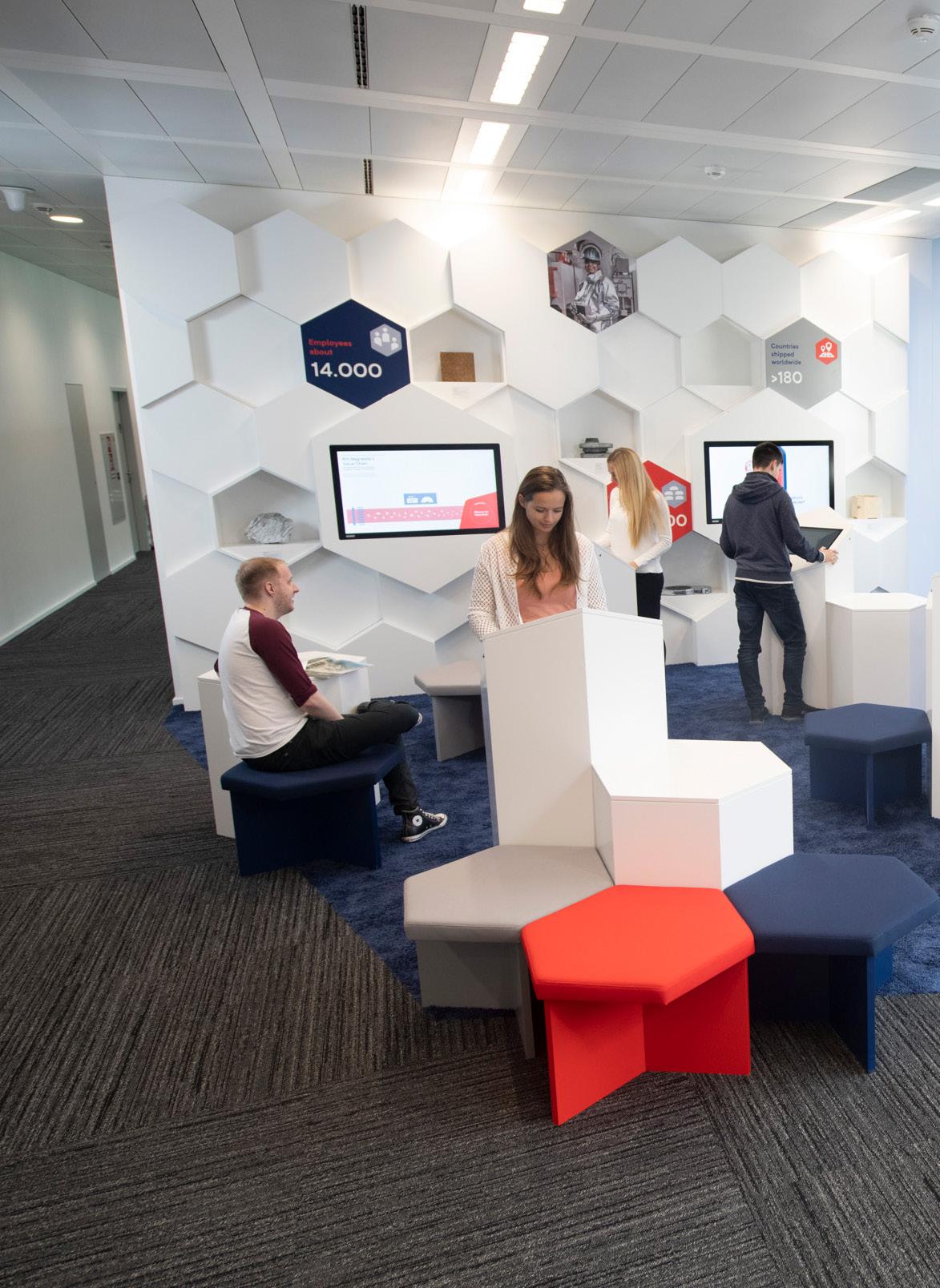
shift behaviour, before looking at processes and then finally technology. In the case of the transformation project at RHI Magnesita, the preliminary behavioural change goal was to create a company culture driven by “customer obsession,” as Marc puts it. But without the organisational support behind him, Daniel and their team – it would not have been possible.
For Daniel, there were four main ways the organisational structure and company culture supported their mission.
When it comes to change management, Marc insists that the first step of the journey is to
“First, we started the transformation with the global process owner model, but more importantly in 2021,
18

we spent extensive time clarifying people’s roles within the process,” says Daniel. “Even though it’s super bureaucratic, it is fundamental to document responsibilities and accountabilities.
“Second, we enshrine diversity within our company culture at RHI Magnesita because it fosters vibrant innovation. In our global logistics teams, 40% are female leaders and we have 10 nationalities represented in a team of less than 20 colleagues. Third, we secured companywide support by bringing in experienced change managers from within the business, with a track record for successful projects, to elevate the endeavour and support us almost as ‘transformation cheerleaders.’
“Lastly, in a large global company of more than 16,000 employees, we could not have done this without the patience and support from the very top. Our executive team trusted us to guide the company through this transformation and we are incredibly grateful to them, and our team, for making it possible.”
So what have been the tangible outcomes of the global logistics transformation at RHI Magnesita?
“If you look at the business case, we have over-achieved on our savings commitment,” says Daniel. “Our freight rates have returned to relatively normal levels, within the post-COVID-19 context and with market adjustments in mind. We have also made efficiency gains especially when it comes to how we deal with our customers. To share a demonstrative example here, when the Ever Given blocked the Suez Canal in 2021, it took us two or three weeks to assess the situation and relay the projected impact to our customers. Compare this to the Houthi attacks on commercial vessels in the Red Sea at the end of 2023, we were able to share impact assessments with our customers in 24 hours and share further insights and predictions within three working days.
“Another huge victory for us tied to the global logistics transformation project is we opened a container
19
“WE STILL HAVE A WAY TO GO, BUT OUR GOAL IS TO PROVIDE AUTOMATIC INSIGHTS WHILE ALSO PROVIDING OUR CUSTOMERS WITH SELF-SERVICE”
depot with a rail connection in 2023. In my early years at the company, this would have been inconceivable. But now we believe in such ambitious goals as a company – the sky is the limit.”
Looking ahead to the future and the next steps of the transformation journey, Marc adds that several new initiatives are on the horizon in the next few years.
“We will continue to strive for better organisation of our logistics networks with even more control and visibility with technology,” says Marc. “In the near term, our roadmap focuses more directly on customers. We are looking to enhance our engagement with them with more direct notifications, so we can proactively inform them as early as possible to avoid surprises. We are exploring ways to tailor our services to the

20
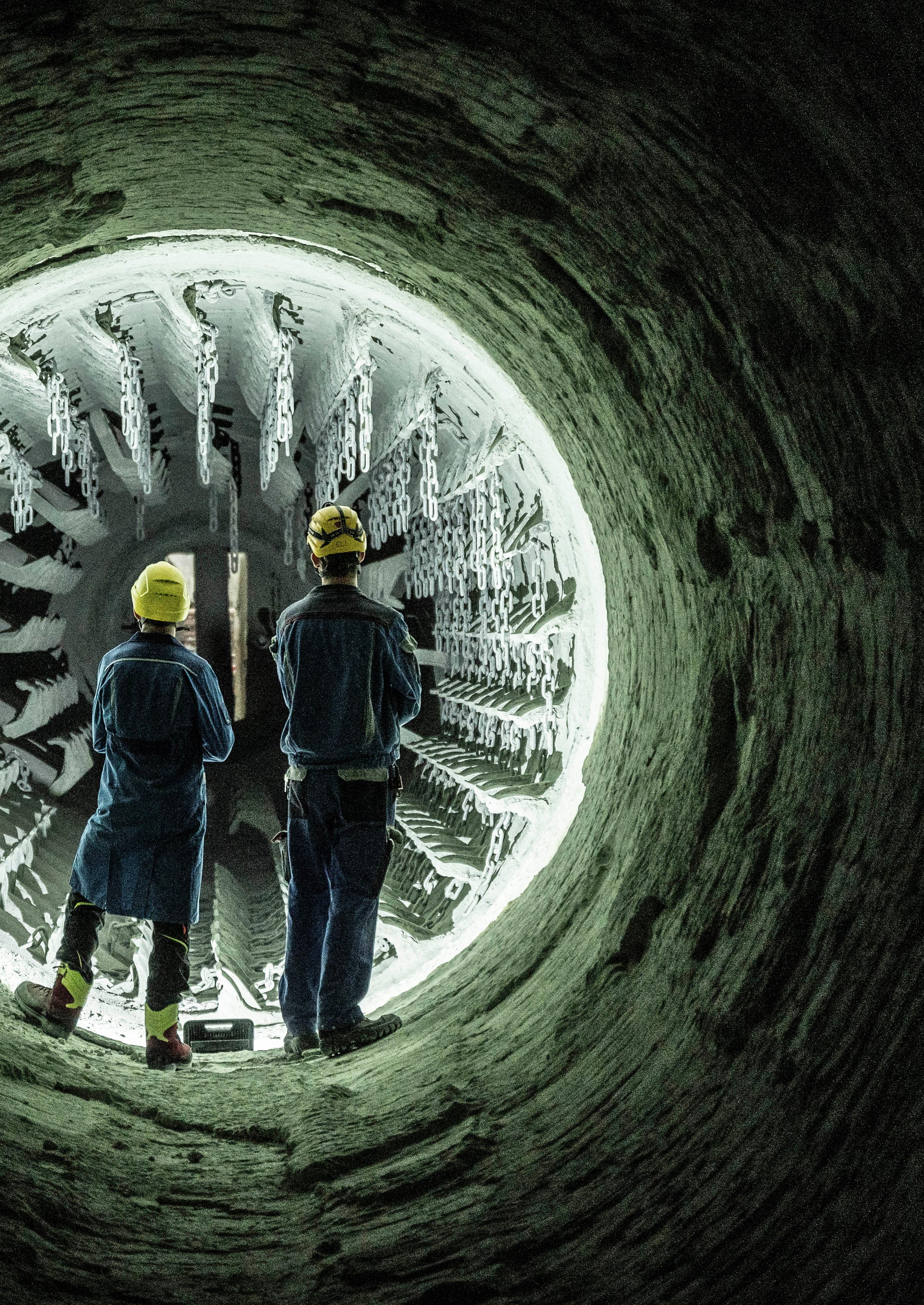
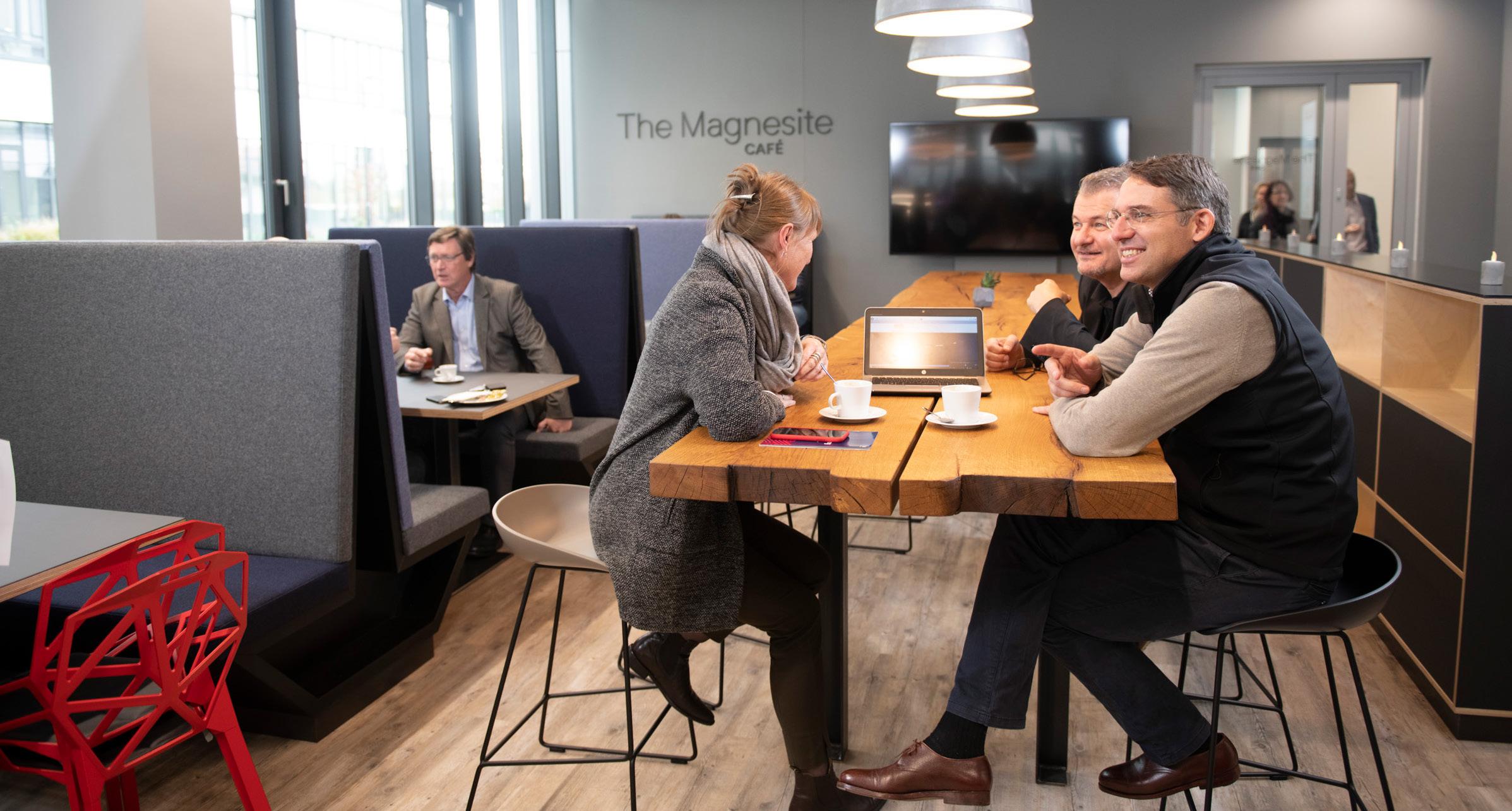
customer depending on where they sit in the value chain. Lastly, as a company, we want to make meaningful contributions in terms of our sustainability. As such we are working to reduce our carbon footprint but also designing carbonneutral services for our customers, with detailed insights into emissions so they can have a better overall experience with us.”
For Daniel, a major aspiration is to build a self-service model for RHI Magnesita’s customers.
“We still have a way to go, but our goal is to provide automatic insights while also providing our customers with self-service,” says Daniel. “As it stands, we have built the foundation so our customer service representatives can provide these insights. One thing we must consider as a business is we make
deals and enter negotiations onsite, not via auctions or online tools. In a sense, we still operate commercially in a more traditional environment. But we still want to incorporate digital processes and technology where we can and ultimately work towards self-service.
“Part of this will be to wield data even better and we’re doing a lot of testing on this front. At the moment the insights are focused towards our internal commercial management teams, which they then take to the customer. The next step will be to replicate the immediate access to information we have in our private lives and make that the status quo for our customers, so they have the best experience possible.”
For further information about RHI Magnesita, visit rhimagnesita.com
22
ADDED VALUE

Team effort
Daniel and Marc laud the collaboration, courage, creativity and conviction it took to embark on the global logistics transformation. They both express deep gratitude to the executives, senior leaders and members of the multiple teams involved at the company for delivering such an expansive transformation project.
“I am particularly proud of Marc, he lived the transformation and channelled the customer obsession as a project manager and he never lost sight of the final destination,” says Daniel.
Marc responds in kind, celebrating Daniel’s management and leadership style. “Under Daniel’s leadership, the global logistics team has been able to thrive because he offers the luxury of space, trust and time to guide the journey forward. Our executive team and Daniel as the Head of the Global Logistics Team have been willing to invest the time and resources to make such an enormous and ambitious project possible. It has been key to the success of the transformation.”
Daniel
Daniel likes to share a quote from Aristotle Onassis: “We must free ourselves of the hope that the sea will ever rest. We must learn to sail in high winds.”
For Daniel, this sentiment is particularly pertinent to the maritime industry and global logistics more broadly.
“The disruptions during COVID-19, for instance, were crazy,” says Daniel. “Costs went up as a result of a spike in demand after a huge drop and operations had to change drastically. But from my perspective, you cannot let yourself become nervous, panicked or overwhelmed.
“Throughout our transformation, I have been tremendously proud of our team and how they remained calm during the ups and downs, creating the psychological conditions needed to navigate the journey. We have created a cultural environment where we understand that failure is not final, and this mindset is essential when you embark on transformation.”
Marc
Marc enjoys staying in touch with the industry by educating and immersing himself in the latest innovations.
“I like to read up on new developments and consider how they might inform our roadmaps for the future,” says Marc. “I dive into a range of topics, like machine learning, artificial intelligence and virtual reality. I explore these subjects through trade magazines, conferences and discussions with colleagues to share information in diverse fields. It is particularly fascinating to see where other companies and your peers are in their journey, while seeking to understand their line of thinking. I think of it as a cross-pollination of ideas.”

Infor Launches Industry Specific GenAI and ESG Reporting Capabilities
New capabilities to help organisations optimise productivity, improve compliance and deliver tangible business outcomes.
TECH

Infor®, the industry cloud company, announced the launch of Infor GenAI Reporting, to help customers improve and report on their environmental

nfor’s modern solutions, from industry-leading ERPs to supply chain solutions, run critical operations in manufacturing, distribution, healthcare and public sector, and the power of GenAI combined with unique company, has GenAI and ESG improve productivity environmental footprint.


industry capabilities and insights give customers immediate power to leverage the right data and workflows to help realise more value more quickly. Additionally, the solutions adhere to stringent security and data privacy best practices driven by Infor’s OS platform.
“We’re constantly listening to customers’ pain points and anticipating opportunities that allow customers to be successful and competitively advantaged,” says Soma Somasundaram, President and Chief Technology Officer at Infor. “When it comes to building solutions that are hyper-productive, our vision is to minimise the time customers spend in applications so that they can maximise their time focusing on their specialised work and creating value.
“Achieving this requires more than just humans and artificial intelligence working together. It also requires the right, understanding of industry subsegments


“As a company built around industry specificity, Infor understands the context of how people work so that we can build those best practices into our products to help enhance productivity. Infor GenAI is designed with this in mind”
Soma Somasundaram, President and
Chief Technology
Officer at Infor
30

and individual workflows. As a company built around industry specificity, Infor understands the context of how people work so that we can build those best practices into our products to help enhance productivity. Infor GenAI is designed with this in mind.”
To stay competitive, profitable and compliant, organisations across all industries, from healthcare and manufacturing to distribution, are looking to technology to help them become more productive and agile. Infor GenAI is built to leverage customers’ industry data and
31
About Infor®
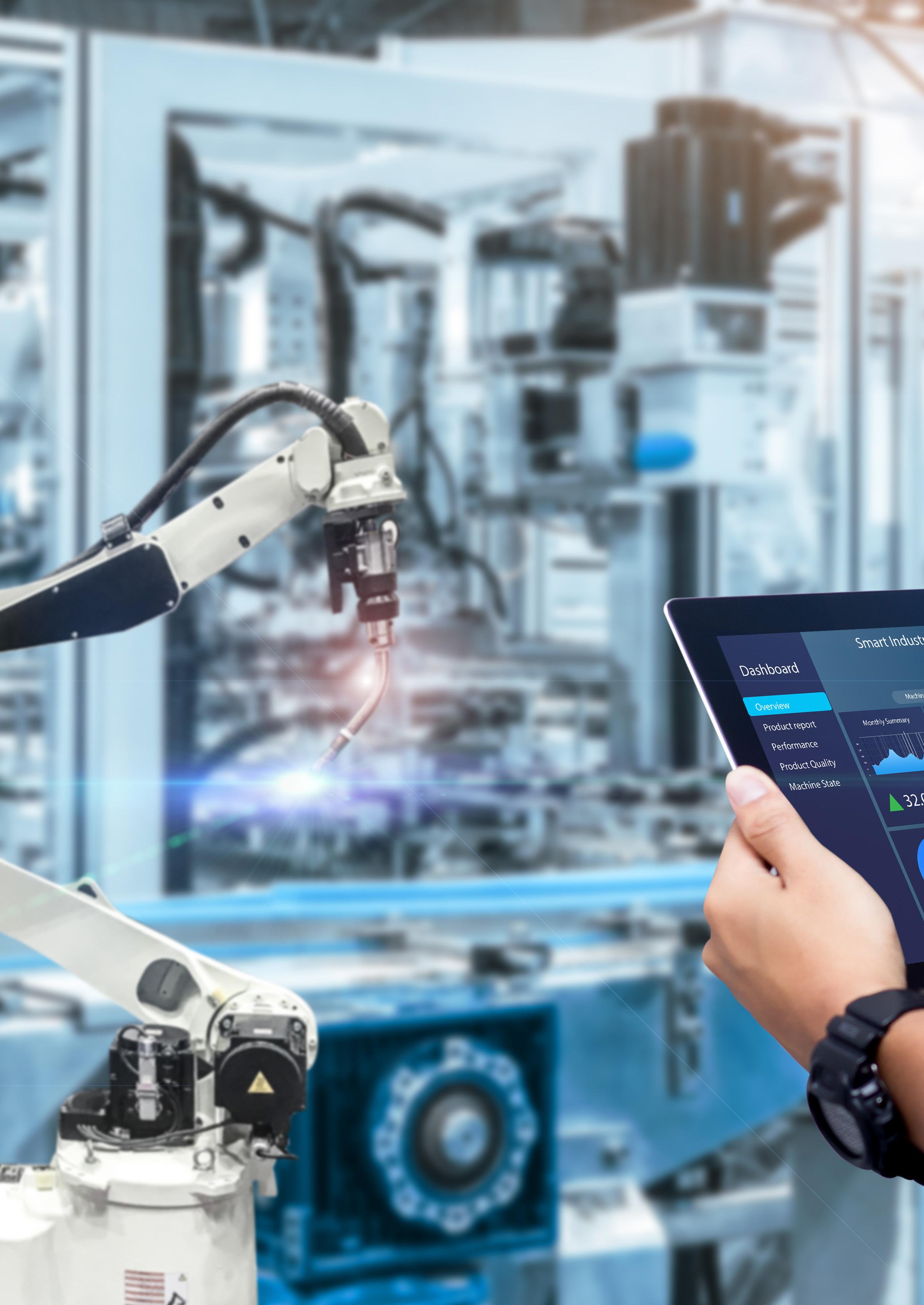

Infor is a global leader in business cloud software specialised by industry. The company develops complete solutions for its focus industries. Infor's mission-critical enterprise applications and services are designed to deliver sustainable operational advantages with security and faster time to value. Over 60,000 organisations in more than 175 countries rely on Infor's 17,000 employees to help achieve their business goals. As a Koch company, Infor’s financial strength, ownership structure, and long-term view empowers it to foster enduring, mutually beneficial relationships with its customers.

processes combined with the use of LLMs via appropriate orchestration to bring substantial productivity gains in the industries the company serves.
For example, automatic assignment of attributes for products in distribution, creating exception summaries for complex projects in industrial manufacturing removes unnecessary work that users do today.
Infor ESG Reporting helps customers address the increased pressure and changing requirements from internal and external stakeholders to report on their environmental footprint. With Infor ESG Reporting, customers have the data and analytics to help drive more meaningful, measurable and actionable change, while reporting on their environmental footprint with improved accuracy, transparency and consistency.
Infor GenAI and ESG Reporting are available for early adopters by invitation.
Source: Infor®
Sunil Veddam, Senior Director of Sustainability at leading consulting firm Capgemini highlights the company’s sustainable solutions for companies across the public and private sectors.
ith over 55 years of history, global consulting leader Capgemini is striving to lead sustainable transformation for its clients in a rapidly evolving business world. Working across a wide range of sectors, Capgemini prides itself on giving its clients the tools they need, regardless of their industry.
Sunil Veddam, Senior Director of Sustainability at Capgemini, celebrates this approach.
“We take a lot of pride in being sector agnostic,” he says. “My team and I operate with no preconceived notions. This means we don’t have any restrictions in terms of choosing a specific sector to work with. We have a unique range of expertise across the team, which means we’re able to offer a wide range of sustainability strategies to our clients.”
As a Senior Director of Sustainability, this is more than


BUSINESS INTERVIEW

just a buzzword for Sunil – rather, it’s a philosophy that should factor into any business strategy.
“When we talk to our clients about sustainability, we say that you have to be sustainable by design or by default,” Sunil says. “It’s not rocket science, it’s doing what needs to be done. Of course, there are technical and financial challenges in creating a more sustainable company, but what we try to explain to our clients is they shouldn’t be thinking in terms of sustainability targets – instead,
they can break it down into smaller components where even small changes can make a significant difference.
“For example, if a client is making a change to their systems, such as transferring data from a physical location to the cloud, we can help them understand the sustainable benefits of the endeavour. In doing so, something that was seen as purely a performance optimisation objective is now associated with energy efficiency and reducing

36
“When we talk to our clients about sustainability, we say that you have to be sustainable by design or by default”
Sunil Veddam, Senior Director of Sustainability

their carbon footprint. By helping businesses understand how such initiatives would have a sustainability benefit, change makers within that company are able to push those projects through more successfully.
“This approach helps the client realise that they don’t need to think outside the box when it comes to being sustainable, but that it can be achieved within the boundary of the programmes that they’re running. That way, it's not an additional expense or investment for them, rather it is a return on the investment in the form of improved efficiencies.”
To ensure Capgemini is offering cutting-edge sustainability solutions, the company has pioneered the Capgemini Research Institute, a global think tank ranked amongst the best in the world for research
quality, which has published over 25 research reports and points of view in 2023 covering nearly 670 organisations.
“Thought leadership is a core value in the company, and we work hard to remain an active player in the conversation,” says Sunil. “The Capgemini Research Institute is a pioneer in accelerating thought leadership and sustainability.”
One industry Capgemini has worked with in depth is the public sector, which Sunil credits as leading sustainable change in many areas.
“The public sector is the driving force when it comes to implementing sustainability policies,” says Sunil. “The government defines what needs to be done, how and when, so there are clear national targets that must be met. This means
37
when we work within the public sector, we’re often looking at more long-term strategies. Some public sector entities will say to us ‘If you’re delivering a solution or transformation programme for us, and we have to reach Net Zero in the next 15-20 years, will this particular programme help us achieve our sustainability goals and can this programme accelerate our approach to become net zero? What data points and key indicators can you provide us that will allow us to demonstrate that I’m making significant progress?’ To me, this is an absolute game-changer. Rather than sustainable practice being just an attractive option, it has become mandatory in the public sector.”
While there has been significant overhaul within the public sector, in the private sector Sunil believes the fashion industry has been commonly overlooked as a force for sustainable change.
“When we talk about sustainability, we’re referring not only to the environment, but social and governance aspects,” says Sunil. “The fashion industry has played a huge role in driving social sustainability, but it’s often seen as a sector that has a lot of social aspects that need to be properly addressed and tackled. Many of the companies we work with have been consciously trying to work
with governments and the larger stakeholder community to give back to society and ensure that workers across the supply chain are employed within ethical practices.
“The fashion industry has actually done a lot of work when it comes to driving sustainable change, as it’s one of the few sectors that has taken sustainability as a mainstream topic early on and championed it.”
As a complex industry with many components – particularly in the case of larger brands – part of Capgemini’s work with the fashion industry has not only been improving a client’s sustainable practices but also their transparency and traceability as well.
“Fashion retail brands we work with have huge, complex supply chains, and it can be difficult for them to have a handle on the sheer amount of data,” says Sunil. “We help these companies ensure that they have the right metrics and data traceability for any product, from sourcing the materials to the factories and then the distribution process. As consumers become more environmentally conscious, they now want to know if the products they are buying have been sourced from a place where there has been social exploitation or environmental degradation. With the data we’re able to provide our clients, they can
38
now for example supply a QR code that a consumer can scan to find out where a product was sourced, who worked on it and how much money they were paid per hour. This, alongside other checks and balances, has been implemented to ensure there are no environmental or social issues within the companies we work with.”
But regardless of industry, one challenge currently facing many companies is getting a clear view of value chain emissions.
“There are three different scopes of high-level emissions categories,”
explains Sunil. “Scope 1 emissions are direct emissions from owned or controlled sources. Scope 2 emissions are indirect emissions from the generation of purchased energy. Scope 3 emissions are all indirect emissions, those not included in Scope 2 that occur in the value chain of the reporting company, including both upstream and downstream emissions.”
This third scope can often account for the majority of a company’s emissions, but Sunil stresses that they can be the most difficult energy emissions to measure.
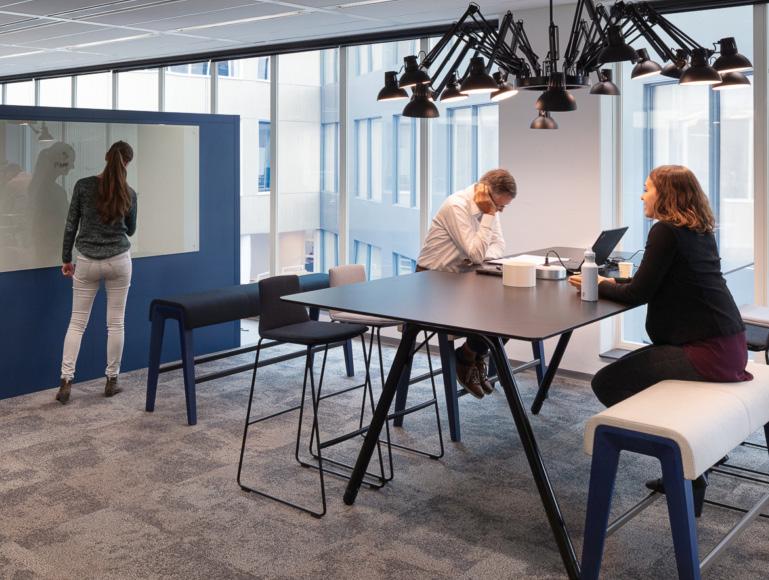
39
“Emitwise has smart solutions that help connect companies and suppliers to different sources of data. The company can then bring in its own innovative aspect of analysing the data and giving the right insights to the enterprise”
“For a larger company with a lot of suppliers, it can be very challenging to collect that data from all the suppliers, and not just the Tier 1 or Tier 2 suppliers,” says Sunil. “As laws change, there are more and more expectations placed on these companies. It’s a continuous challenge for both the companies
to collect this data and suppliers to provide this data.
“When we’re talking to a company about these critical issues, we often bring in partners. For instance, Emitwise has smart solutions that help connect companies and suppliers to different sources of data.
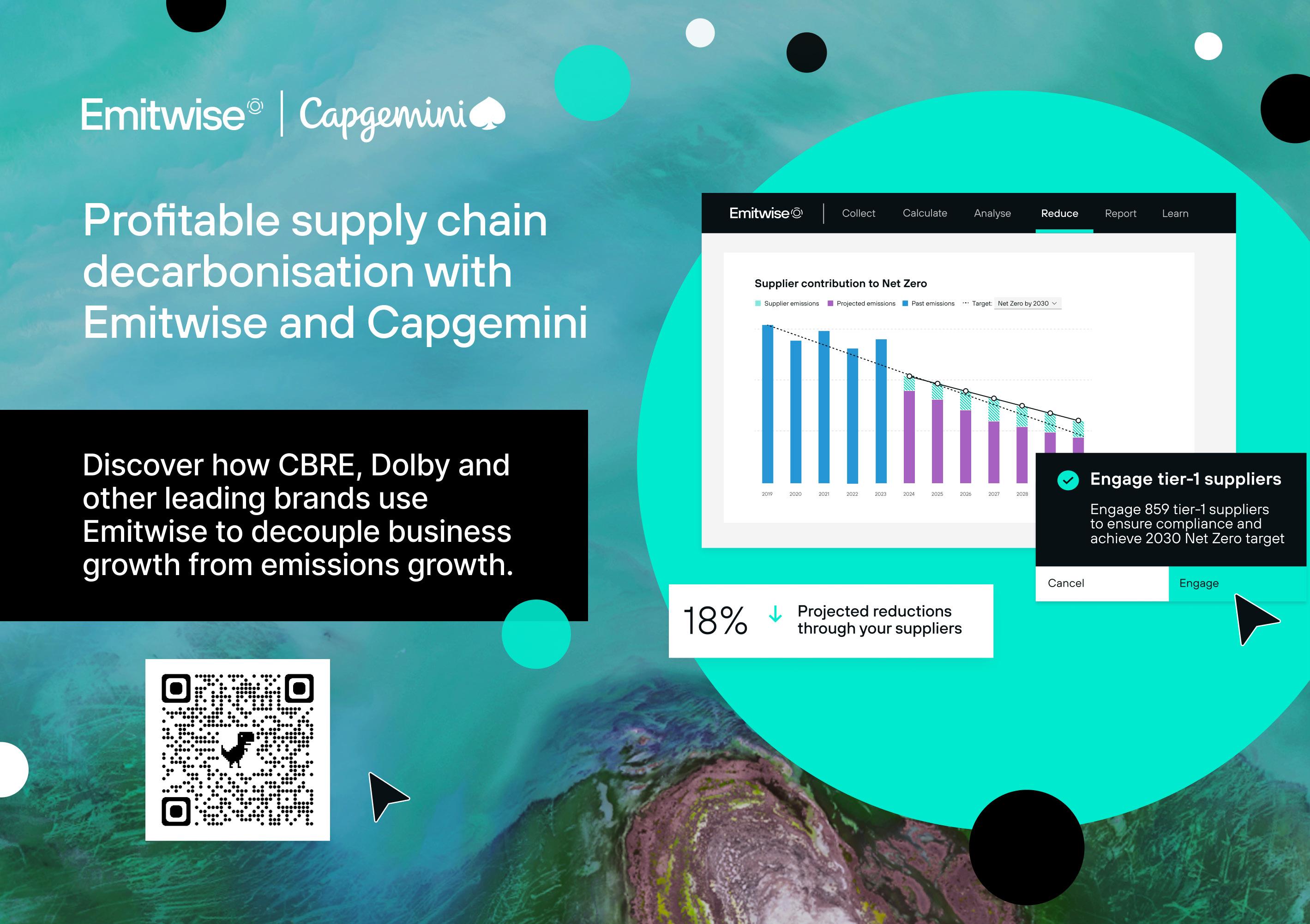
The company can then bring in its own innovative aspect of analysing the data and giving the right insights to the enterprise. This data can give the client clarity on their emissions and help them begin to address scope three carbon emissions.”
However, as new regulations are introduced, Capgemini must continue to innovate in order to guarantee the company can offer the most advanced solutions to sustainability challenges for its clients.
“We’re constantly vetting new concepts to see how we can use technology to achieve sustainability at the top level,” says Sunil. “I believe blockchain has huge potential when it comes to bringing enterprises together in a collaborative platform where companies can access consistent, verifiable data.
“This can bring more positivity to the industry, and then you see more collaboration happening. Technology is not only accelerating sustainability outcomes but making businesses as a whole more sustainable through the sharing of ideas.”
Added Value
The importance of different viewpoints
“I take a lot of pride in being part of a team consisting of maybe sixteen different nationalities,” says Sunil. “This brings in not just cultural diversity, but a diversity of intellect and thinking as well. We have a pool of experts with completely different backgrounds discussing sustainability, social responsibility and governance. The conversations we have are exciting to be involved with, and incredibly collaborative. Because of this so many incredible ideas are produced, and you’re able to rethink what you thought was the obvious way to do something.”

To learn more about Capgemini, visit their website here.
Thought leadership and sustainability
“I contribute to a lot of thought leadership including microblogs and articles on LinkedIn, helping startups propagate sustainability,” says Sunil. “Specifically, I’m helping a few startups in India address challenging aspects of textile and fabric waste management. It’s not about helping them get funding or investors, it is more about helping them see how certain aspects of sustainability and circularity can be addressed within their companies and their innovative ideas.”
Connect with Sunil
41




PEREIRA
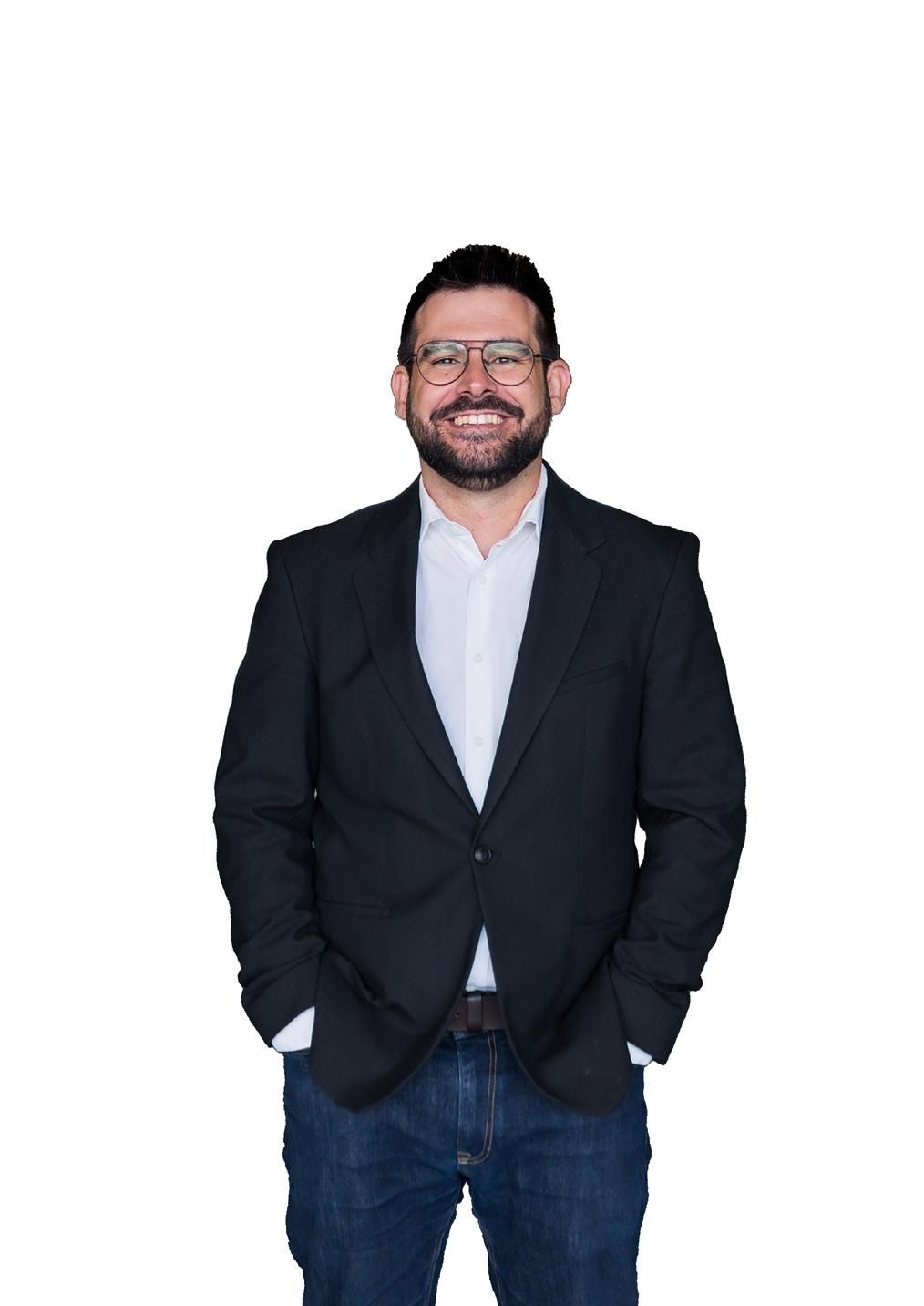



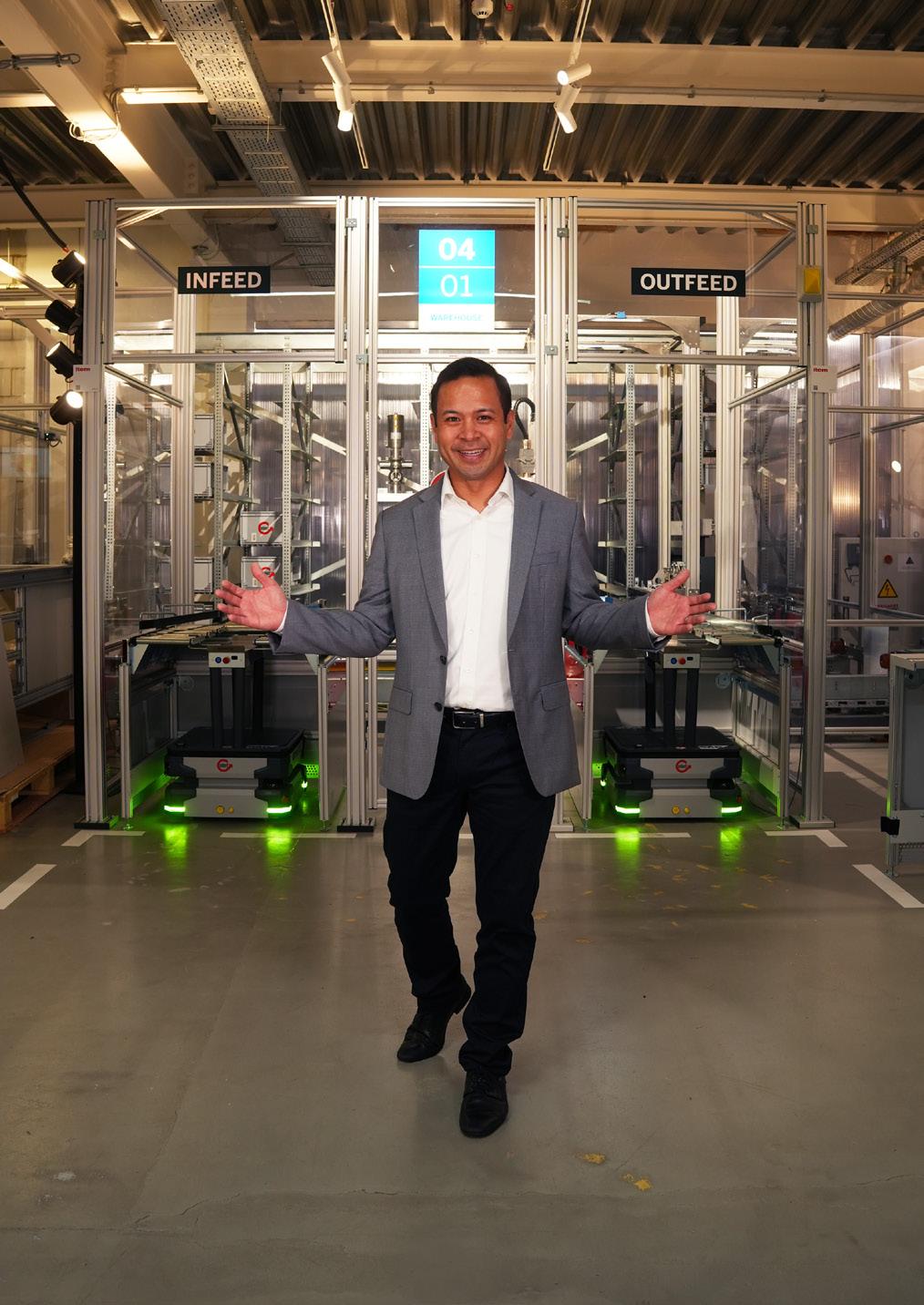



the future of connected mobility with transport solutions at
Mobility. MIGUEL
Coppelmans to discuss the innovative intelligence at HERE Technologies
Siemens


"The team were professional and diligent throughout"
Leigh Feaviour, CTIO for BT’s Supply Chain
"Absolute pleasure working with the Digital Innovation team"
Mun Valiji, Chief Information Security Officer at Sainsbury’s
"A highly professional approach"
Andy Brierley, Vice President, Cloud Application Modernisation at IBM
"Digital innovation Magazine is a very flexible and professional team"
Kim Larsen CTIO, T-Mobile Netherlands

New partnership
to enhance UX and engagement through gamification
UIC Digital and Alice & Smith join forces to elevate brands’ cross-platform engagement via gamified formats.


GAMIFICATION


For many businesses, driving engagement and improving user experience are crucial priorities for their digital products or platforms.
new partnership seeks to accelerate these ambitions by wielding gamification as a tool to help companies in their endeavours towards these goals.
UIC Digital, a leading digital product agency, which builds market leading cross-platform digital products for many leading businesses, including BBC.com, UEFA and NBC, has announced a strategic partnership with Alice & Smith, the award-winning full-stack entertainment agency
specialising in gamification and transmedia events.
Through this partnership, UIC Digital will offer its clients integrated gamified elements across their crossplatform digital products to enhance user experience and customer engagement.
According to research, brands that incorporate gamification into their customer engagement strategies see a 47% rise in engagement and a 22% rise in brand loyalty. This collaboration will give UIC Digital’s clients a competitive edge in the







“As the digital world continues to evolve at a rapid speed, many businesses face increasing challenges with adapting to it”

market by harnessing Alice & Smith’s expertise in crafting powerful gamified and transmedia experiences that push the boundaries between the real and virtual worlds. This will enable brands to authentically engage with their fans and audiences, via interactive elements such as real-time polls, trivia, behaviour tracking, points-based rewards systems for certain activities and/or a digital currency that feeds into an actionbased (not transaction) loyalty programme.

The offering emerging from the partnership also has the potential to create fresh monetisation opportunities for brands through the new ad space created from the second screens delivering the gamified experiences.

“As the digital world continues to evolve at a rapid speed, many businesses face increasing challenges with adapting to it and in turn face huge competition when it comes to engaging with audiences online and building that

“Our partnership with UIC Digital signals a significant shift in the landscape of user engagement. Together, we are enabling businesses to unlock the full potential of gamification possibilities”
Joe Newcombe, Chief Strategy Officer at Alice & Smith

connection long-term,” says Paul Clement, Director of Strategic Partnerships at UIC Digital. “We know that the gaming industry is a pioneer when it comes to engagement – it’s an inherent part of the gaming experience and players are often rewarded as part of overall activity.
“We recognised the unique influence this can have in digital experiences outside of gaming, and this new partnership with Alice & Smith will no doubt supercharge our clients' digital experiences to the next level.”
Joe Newcombe, Chief Strategy Officer at Alice & Smith, adds, “Our partnership with UIC Digital signals a significant shift in the landscape of user engagement. Together, we are enabling businesses to unlock the full potential of gamification possibilities, delivering immersive experiences that captivate audiences and lead to more fulfilling and long-term connections between brands and their audiences.”
Source: UIC Digital




PLAY to Launching Iceland’s newest
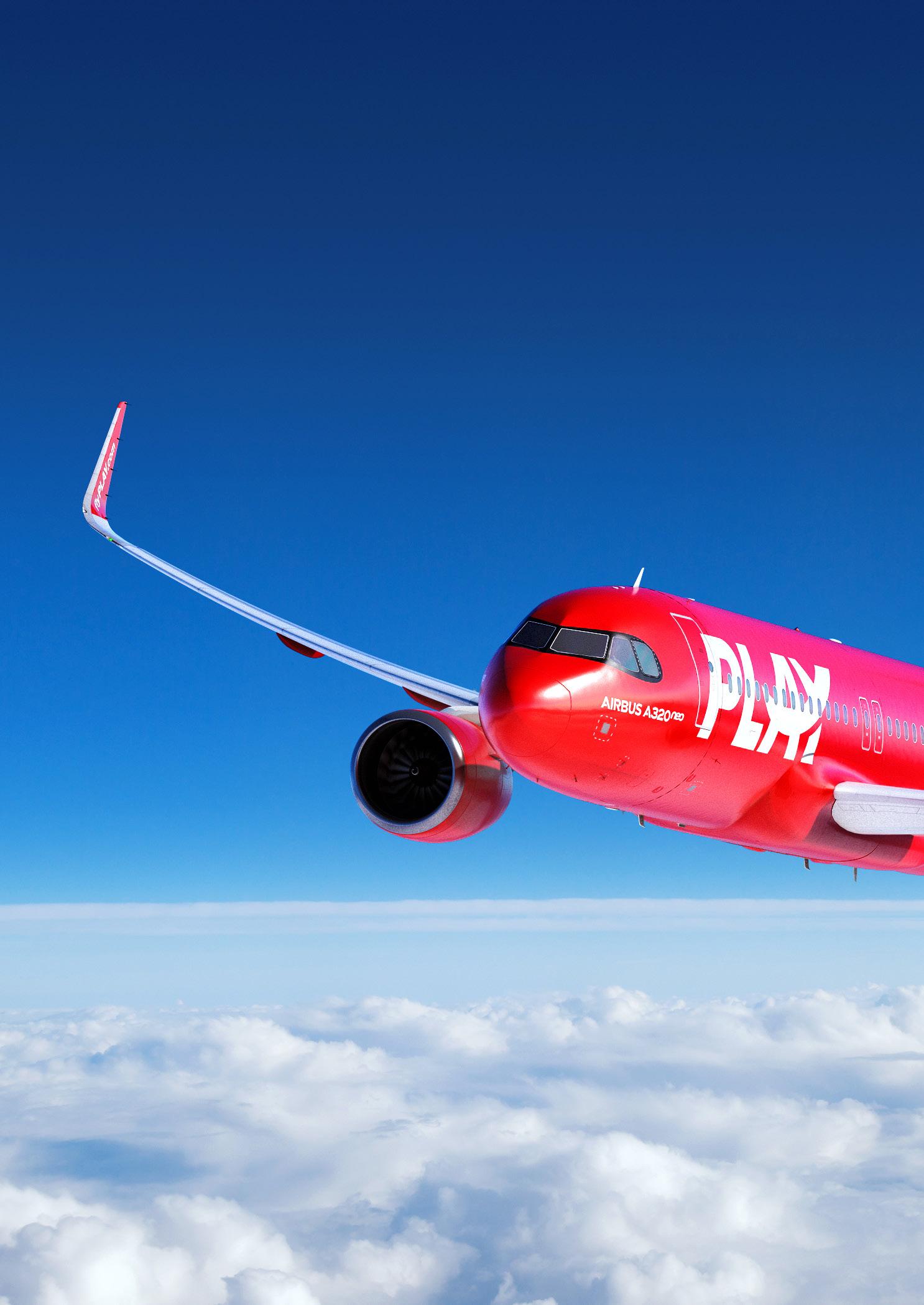
BUSINESS INTERVIEW
to win: newest budget airline

Andri Eyjolfsson, Executive Director of Operations at PLAY Airlines (PLAY) highlights the strategies behind the company’s transformational journey in recent years.
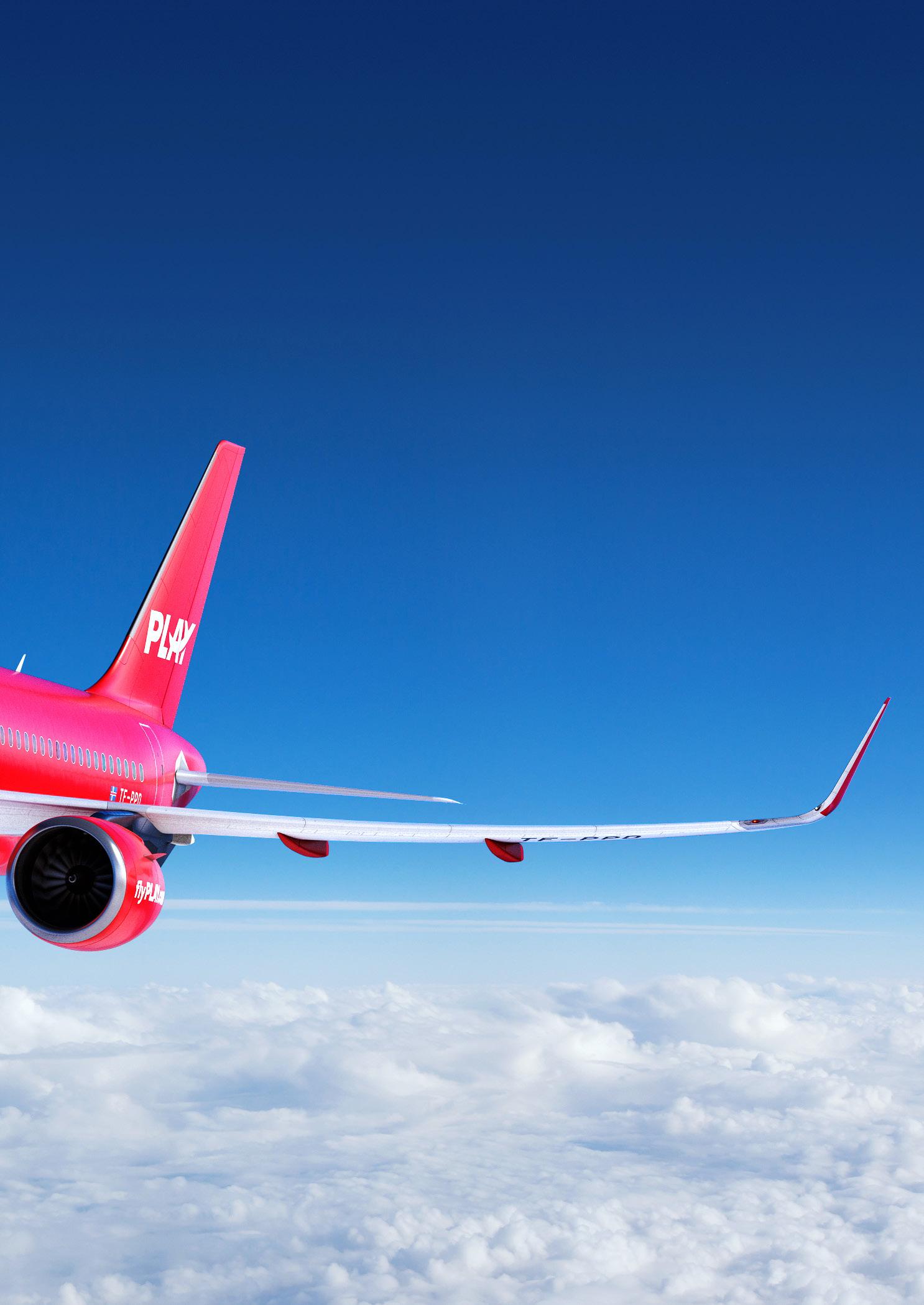
When Executive Director of Operations Andri Eyjolfsson
first joined PLAY Airlines (PLAY) in 2019, it was just an idea on a drawing board.
Today, the company is flying one and a half million passengers per year, and the airline’s ambitions are only growing.
“I’ve really been a part of a journey,” says Andri. “In mid-2019, the founders of PLAY approached me and told me that they were putting together a small team to start a new low-cost airline in Iceland. This initial team was less than ten people and we didn’t have an office. At that point, we were all working from our homes. Those first few months were focused on preparations. In order to get an air operator certificate (AOC), we needed to produce comprehensive operations manuals for obtaining the AOC and training staff.
“Our initial goal was to launch the airline in early 2020. Our timeline was
derailed by COVID-19, but this unique window also created an exciting opportunity for us. Before COVID-19, we were looking to acquire fifteenyear-old aircraft, but the delay meant there were a lot more newer aircraft lying around and struggling to find a new home. As a result, we were able to access the latest generation of the Airbus A320 family aircraft.
“Our long-term goal was always to acquire new generation aircraft, but we didn’t foresee having access to them so quickly. From the get-go, we were able to use aircraft that are 14% more fuel efficient compared to the previous generation.”
While COVID-19 may have disrupted PLAY’s launch plans, Andri stresses that the time was valuable nonetheless.
56
“Our long-term goal was always to acquire new generation aircraft, but we didn’t foresee having access to them so quickly”
Andri Eyjolfsson
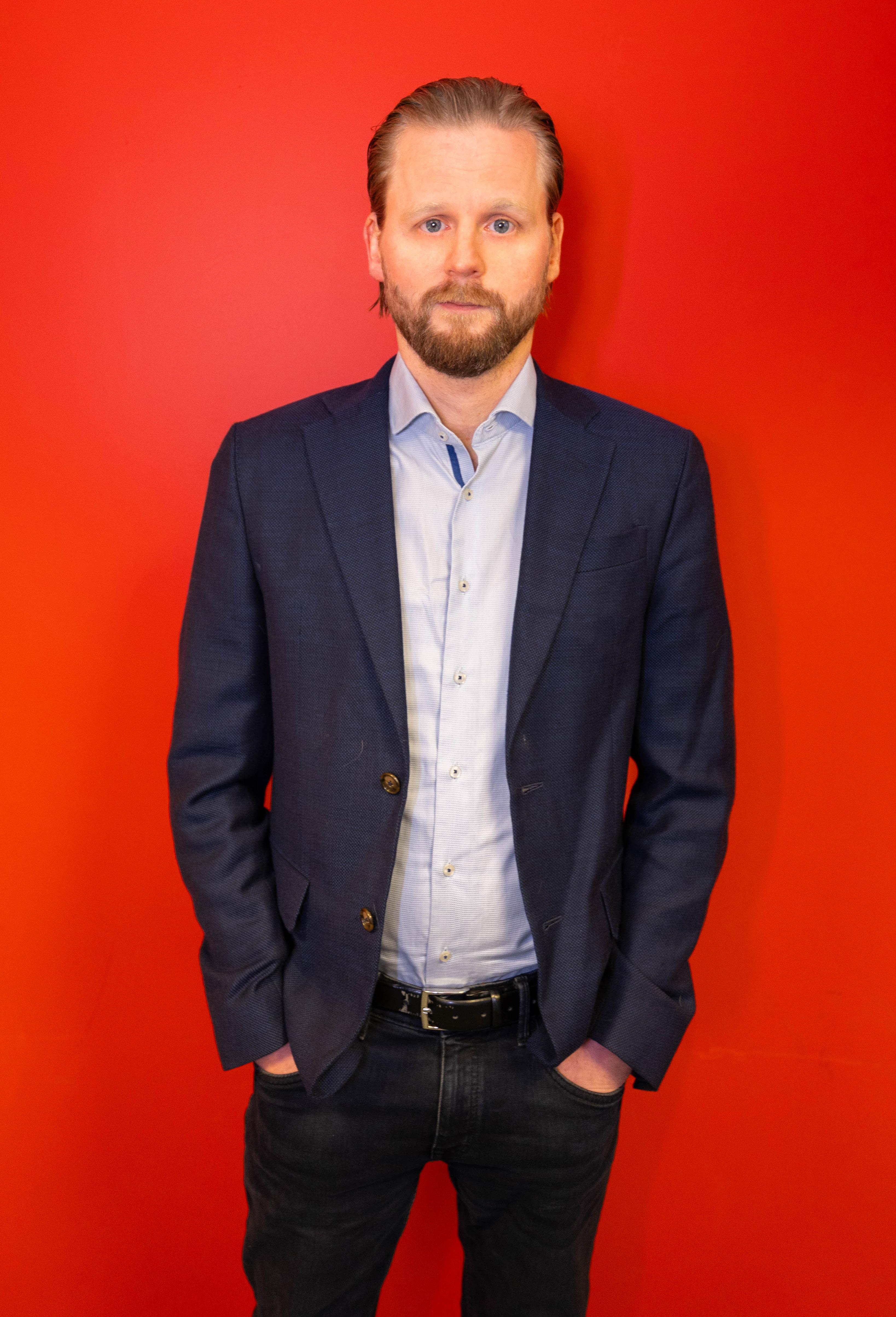
57
“In the next five years, we want to have somewhere between 18 and 20 aircraft while remaining very competitive on costs”
“We spent a lot of time fine-tuning our procedures and setting up our infrastructure and systems,” Andri says. “In April 2021, we signed the
lease for our first three aircraft. Then in May of that year, we got our AOC and launched our ticket sales. Our first commercial flight was on June 24, 2021. It was amazing seeing the first aircraft take off full of passengers after everything we went through.”
What made the milestone even more incredible was knowing PLAY had been built by such a small team.
“PLAY’s founding group was less than ten people,” Andri says. “We all had aviation experience, and knew how to run an airline, but we didn’t have the financial backing behind us. We just had the idea.”
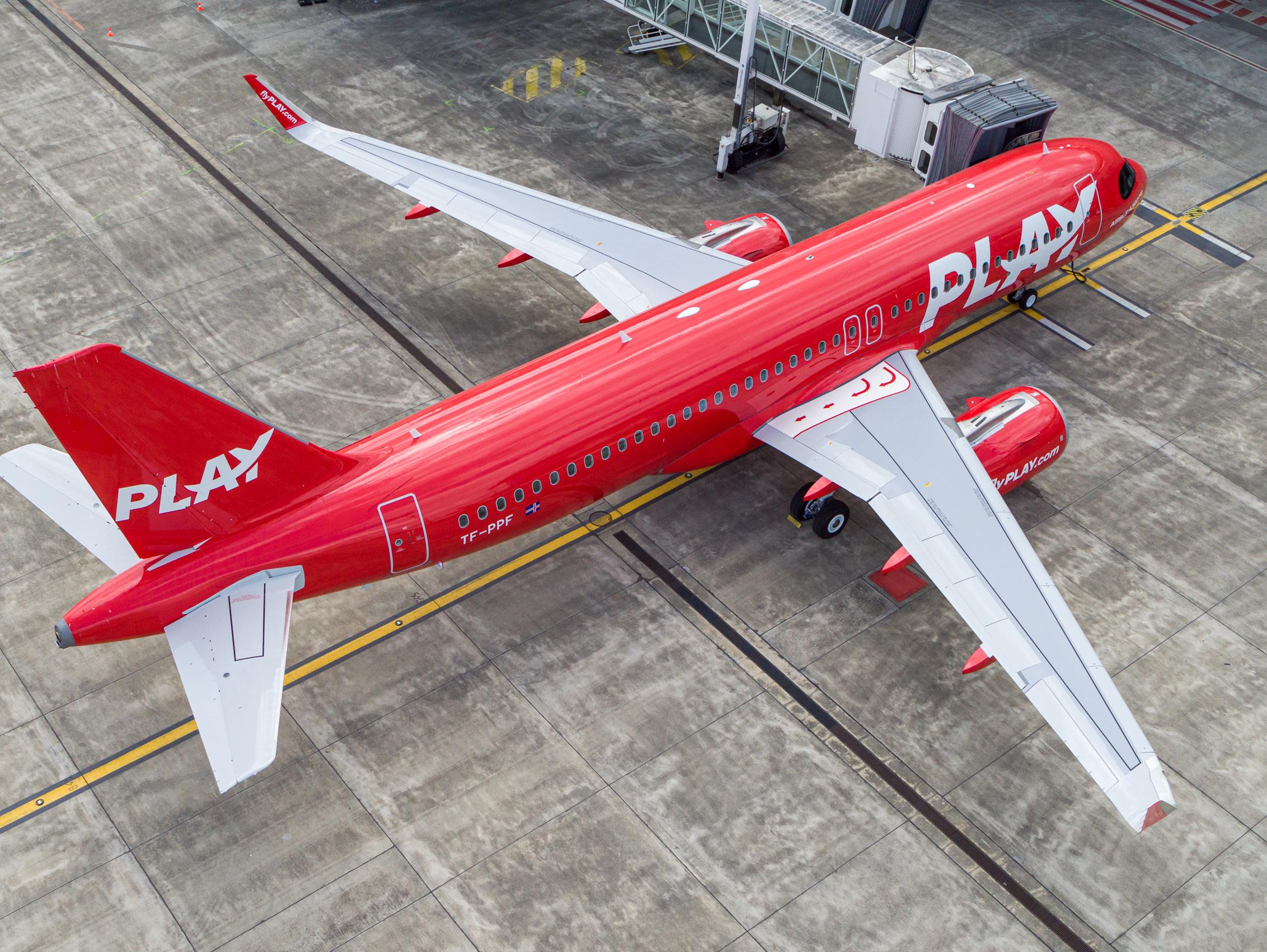
58
Securing this financial backing, Andri explains, was aided by the emergence of COVID-19.
“COVID-19 created an opportunity for us to fully negotiate aircraft on competitive prices,” says Andri. “Everything in the aviation industry was stalled, so we were able to get all of our infrastructure in place, present it to the investors and explain that everything is ready, we just need the funding. Initially, we got a small team of investors to put forward $57m, with the intent that a month later we would commence operations and have an IPO and get listed on the NASDAQ Stock Exchange. From there, we raised an additional $35m.”
Since this first flight just three years ago, PLAY has grown from three aircraft to ten, and as of April 2022 has begun coordinating flights to North America. In order to keep flights full, PLAY operates a hub and spoke model.
“A typical day for PLAY would be all ten aircraft departing in the morning to Europe,” says Andri. “Then they’re back in Iceland by the afternoon. Five of the aircraft will then go to North America, while the other five go to leisure destinations such as the Spanish Peninsula.
“Introducing North American flights has been a huge transformation phase for the airline. Flying from Iceland to Europe point to point is far less complicated than flying
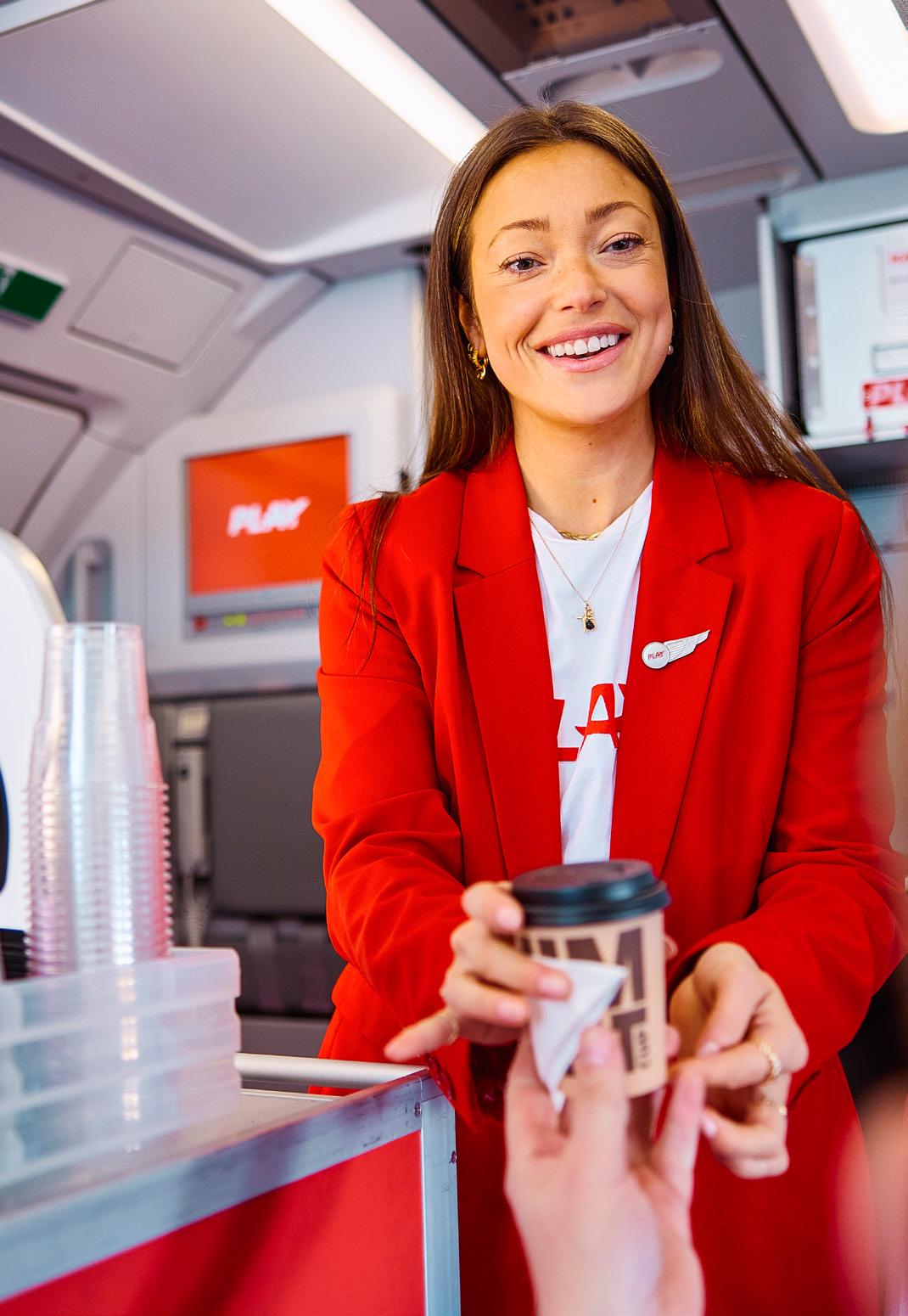
from a European country, connecting passengers in Iceland and then flying to the US. Operating that kind of network has a lot of complexity to it.”
But the company is clearly operating this network successfully, having recently won several awards, including Start-up Airline of the Year 2022 (CAPA awards) and Northern Europe's best low-cost airline (the World Airline Awards).
Andri credits this success to the company culture.
“Culture is key,” says Andri. “With a healthy culture, anything is possible. PLAY has invested heavily in company culture over the years. We’ve enrolled most of the managers into a
59
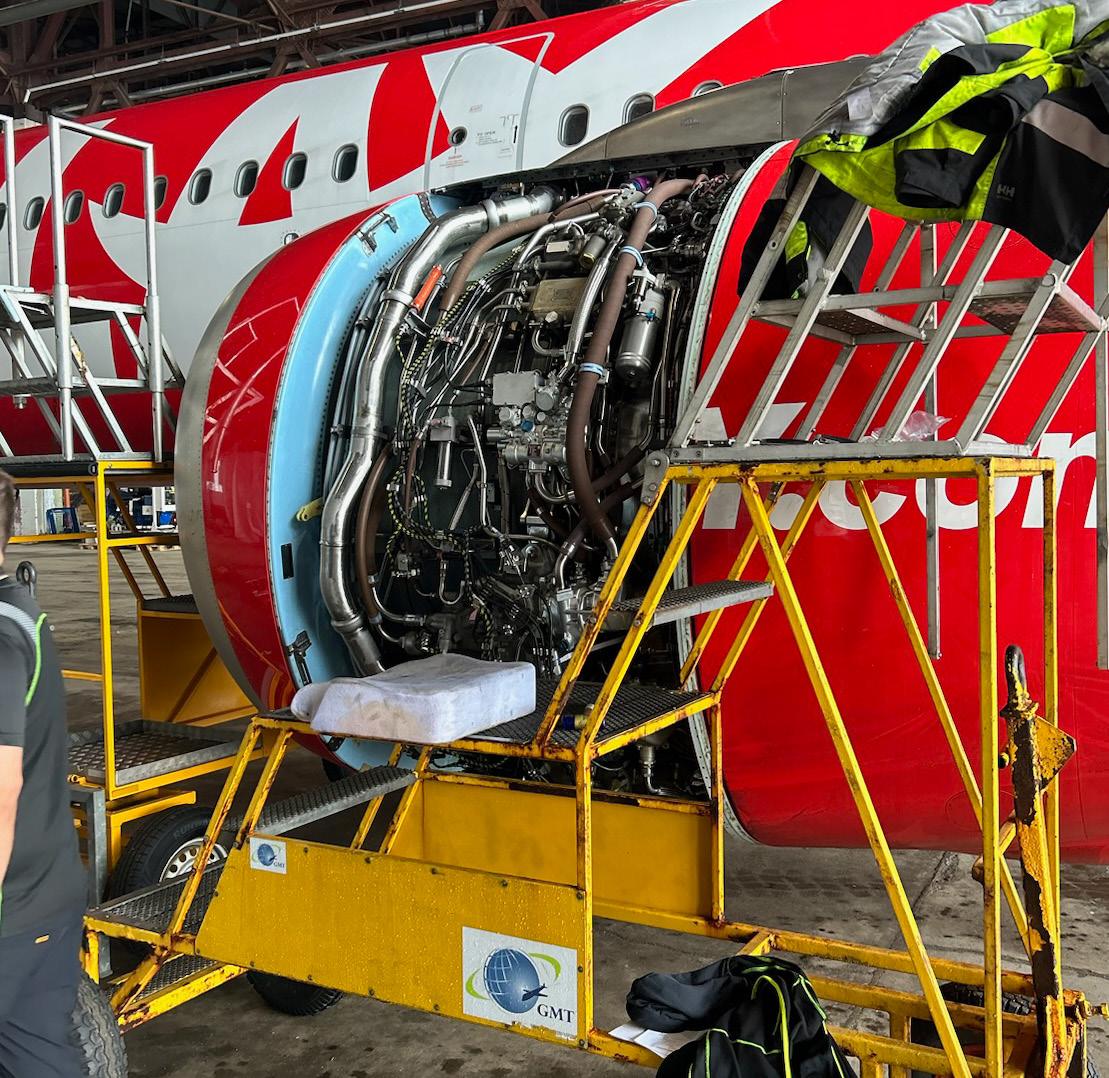
leadership programme. The goal was to develop a more conscious strategic leadership, and that’s been very successful.
“We’ve also held company-wide workshops involving everyone where we focus on building a good culture, and we talk about the company’s strategy to make sure everyone is aligned. We also do a lot of employee satisfaction surveys, where we measure employee engagement.
Morale is good, and it shines through –
“Lundin has been with us from the start and really adapted their programme to our needs”

which is important because people are key. You’re only as good as the team you have around you.”
But to enable this team to build significant growth, the company has invested in several robust software support systems, such as Gannet from Lundin.
“An aircraft has 3,500 maintenance tasks that need to be performed at certain intervals, and 6,000 parts can need to be installed,” says Andri. “We use a maintenance software called Gannet from Lundin. This software takes all the aircraft’s technical complexities into a simple view where it’s easy for the engineer to make decisions and schedule maintenance. Lundin has been with us from the start and really adapted their programme to our needs.”
Looking ahead, Andri shares clear plans for the future at PLAY. “We have a 2029 vision,” he says. “In the next five years, we want to have somewhere between 18 and 20 aircraft while remaining very competitive on costs. From a financial standpoint, we want to have our EBIT margins above 10%. We already have over 40% of the market share in Iceland, in less than two full years of operating. My wish is that in 2029, we will be the leading Icelandic airline.”
Learn more about PLAY here.
Added Value
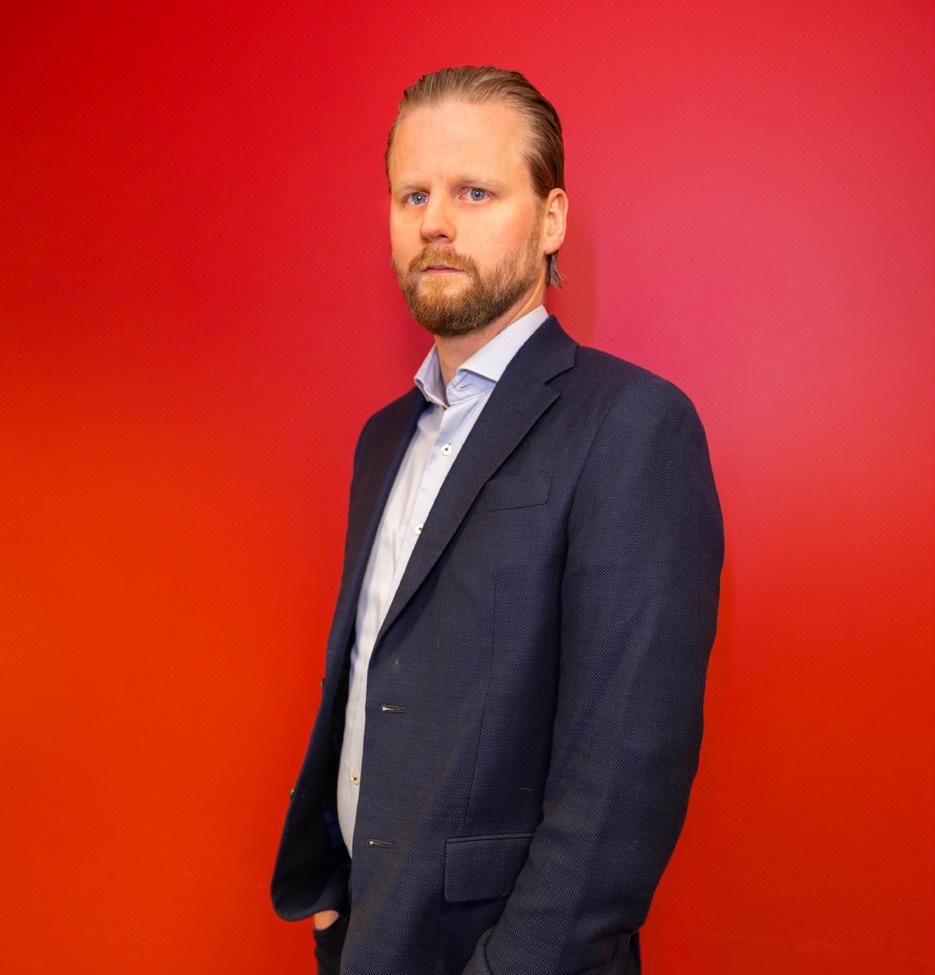
Building a robust team
“I hire people that are smarter than myself and like my decisions being challenged and discussed,” says Andri. In the last two years, this mindset has added a lot of value to my professional life.”
Work life balance
“I have a girlfriend and two wonderful daughters,” says Andri. “Outside of work I just enjoy the time I can spend with my family, and I think that time is really important. It’s easy to get wrapped up in always being the corporate version of yourself, but I think it’s important to maintain that balance. If you have a strong support system at home, it makes you far more likely to be successful in your professional life.”
Connect with Andri
61











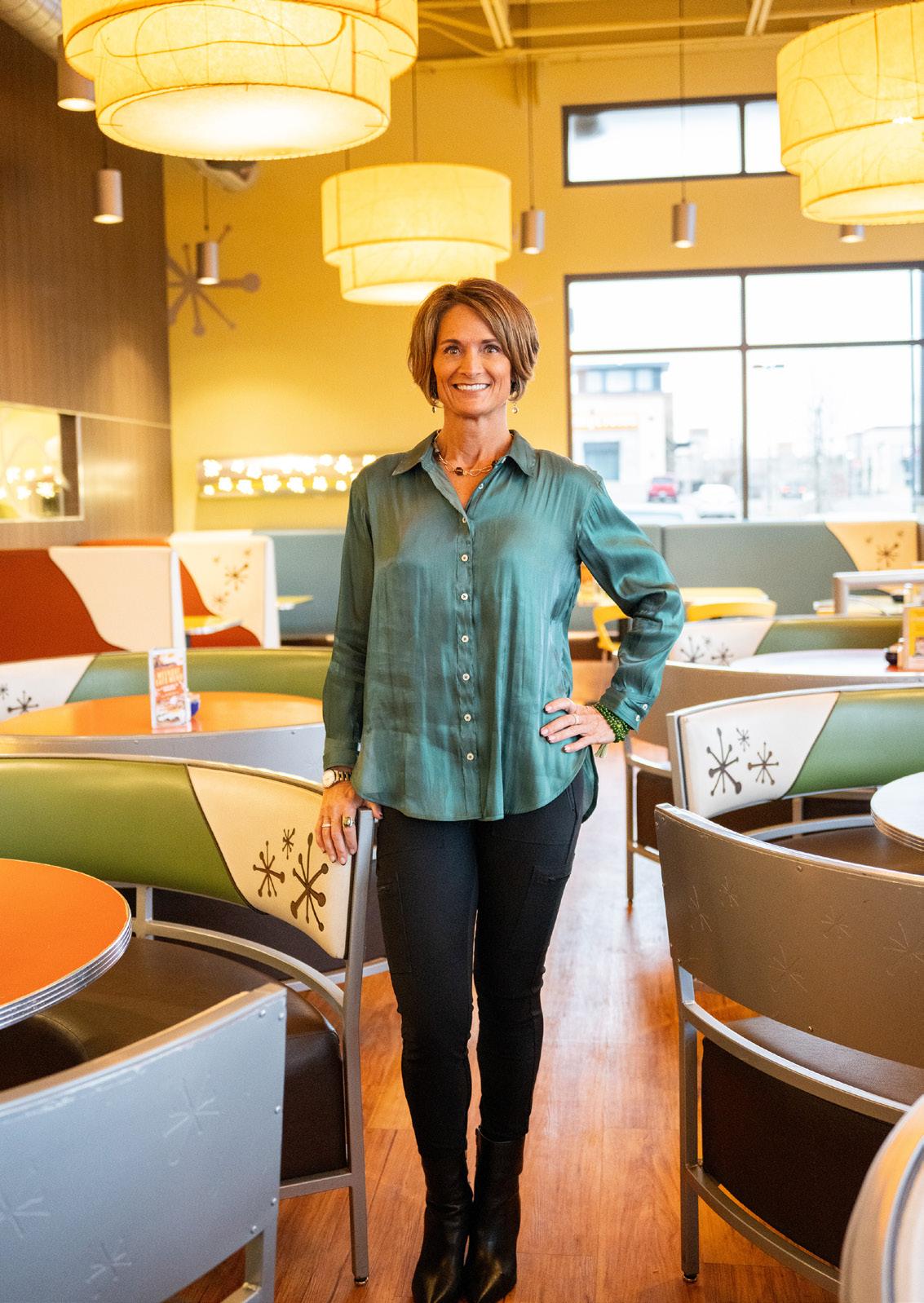









62
Snooze A.M. Eatery's Director of on the sustainability and supply chain behind flipping the script on the most Cindy Keys
Snooze A.M. Eatery's Director of on the sustainability and supply chain behind flipping the script on the most
Cindy Keys








63 Procurement chain strategies most important Keys Produced by NEVER MISS AN ISSUE SIGN UP FOR FREE! SUBSCRIBE Procurement chain strategies most important Keys
Singapore-based blockchain pivots to frontiers in blockchain efficiency, scalability, deploying $50m ecosystem fund to support

64 AI & BLOCKCHAIN
to artificial intelligence to unlock new scalability, intelligence, and security –support the AI transformation initiatives.

65
In a transformative move for the blockchain industry, aelf, a pioneering blockchain network, has announced its strategic shift to integrate artificial intelligence (AI) within its blockchain.
his significant leap forward marks the beginning of a new phase for the aelf blockchain, transitioning from a decentralised network to a vibrant ecosystem enriched with state-of-the-art AI models and agents, broadening its functionalities and enriching user experiences.
“The integration of computation, LLM (large

language model) and agents within the aelf's blockchain is not just an enhancement – it’s an evolution," states Ma Haobo, Founder of aelf. “Seven years ago, we identified blockchain's future and have been relentlessly developing modular systems, parallel processing, crosschain bridges and cloudnative architecture, which are now what the industry has been talking about. Now, we
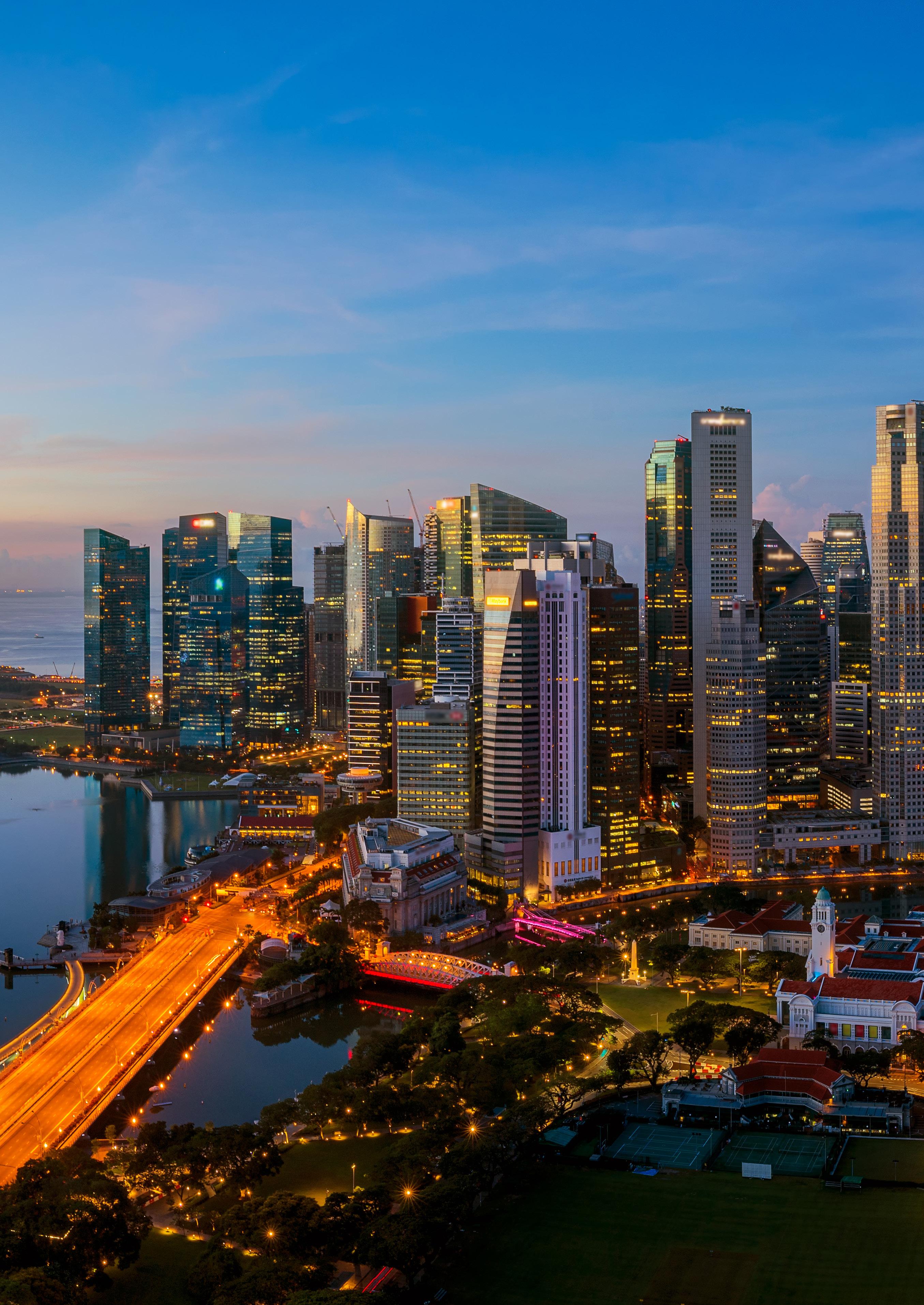

envision AI as the next catalyst for the future of blockchain and are determined to be the first in Asia to bring this evolution to fruition. This AI transformation is about cultivating a self-evolving system –a smarter, self-learning blockchain where each new block is more advanced than the last.”
To nurture and accelerate the convergence of AI and blockchain, aelf Ventures, aelf's investment arm, will be

“To nurture and accelerate the convergence of AI and blockchain, aelf Ventures, aelf's investment arm, will be strategically deploying its $50m Ecosystem Fund to support innovative AI initiatives seeking blockchain enablement”
“With a steadfast dedication to expanding its capabilities, aelf remains focused on generating user-centric value and propelling the entire blockchain domain forward”

strategically deploying its $50m Ecosystem Fund to support innovative AI initiatives seeking blockchain enablement. With the roll-out of developerfriendly toolkits, aelf will further catalyse this AI blockchain innovation by empowering the community to utilise those new technologies for data pre-processing, model training, fine-tuning and deployment, agent

development, on-chain deployment and monetisation with the aelf blockchain environment.
Existing projects and games on the aelf blockchain are set to integrate these AI capabilities while new projects will benefit from aelf's robust foundation, offering a dynamic and responsive blockchain ecosystem that delivers enhanced efficiency, strengthened security protocols and sophisticated intelligent automation.

This AI transformation embodies aelf's commitment to fostering an environment of continuous innovation and maintaining its position at the forefront of blockchain technology. With a steadfast dedication to expanding its capabilities, aelf remains focused on generating user-centric value and propelling the entire blockchain domain forward.
Learn more at aelf.com.
Source: aelf

About aelf
aelf, the pioneer Layer 1 blockchain, features modular systems, parallel processing, cloud-native architecture and multi-sidechain technology for unlimited scalability. Founded in 2017 with its global hub based in Singapore, aelf is the first in the industry to lead Asia in evolving blockchain with state-of-the-art AI integration, transforming blockchain into a smarter and self-evolving ecosystem.
aelf facilitates the building, integrating and deploying of smart contracts and decentralised apps (dApps) on its blockchain with its native C# software development kit (SDK) and SDKs in other languages, including Java, JS, Python and Go. aelf's ecosystem also houses a range of dApps to support a flourishing blockchain network.
Stay






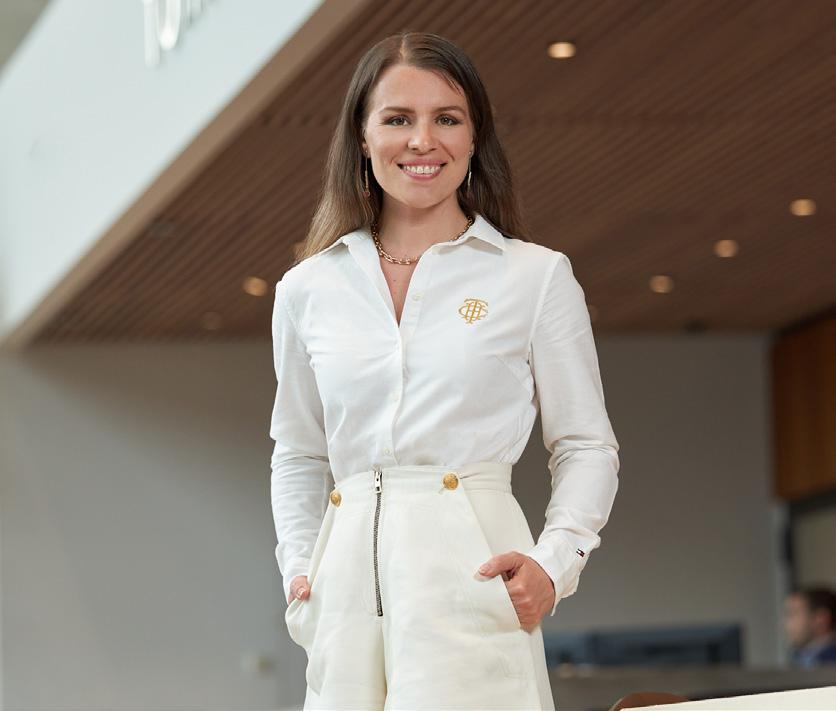
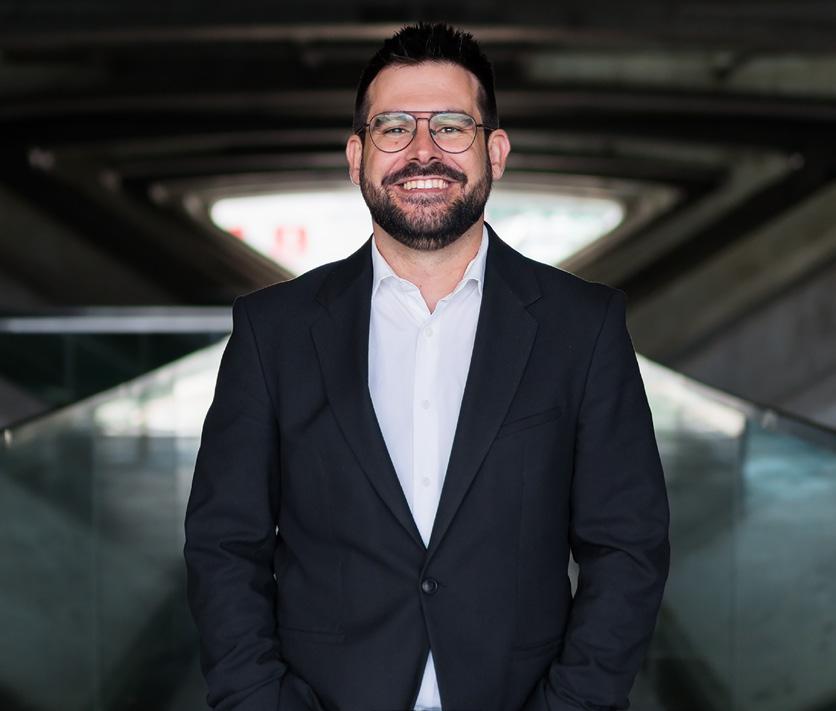
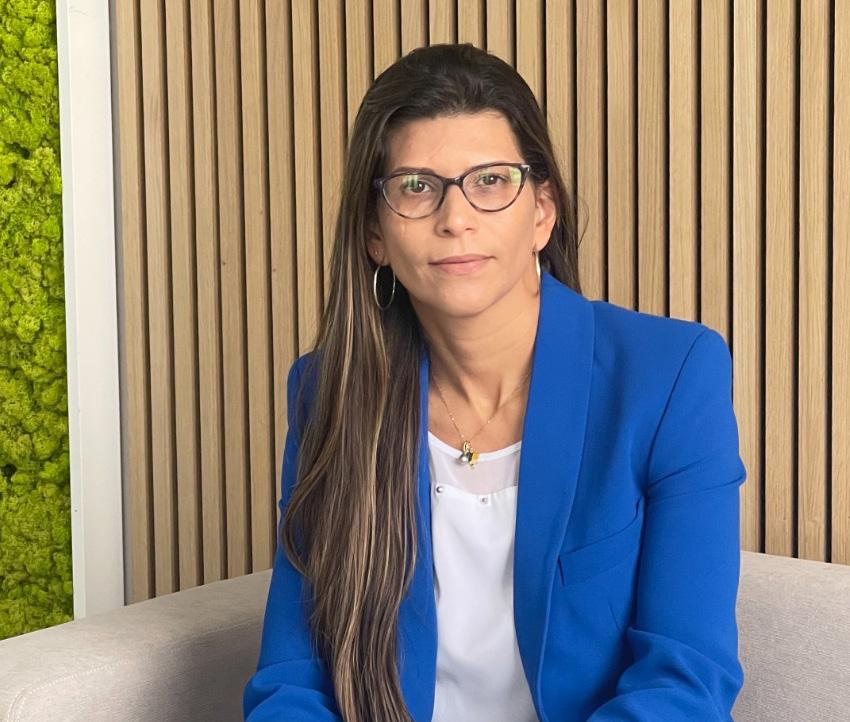

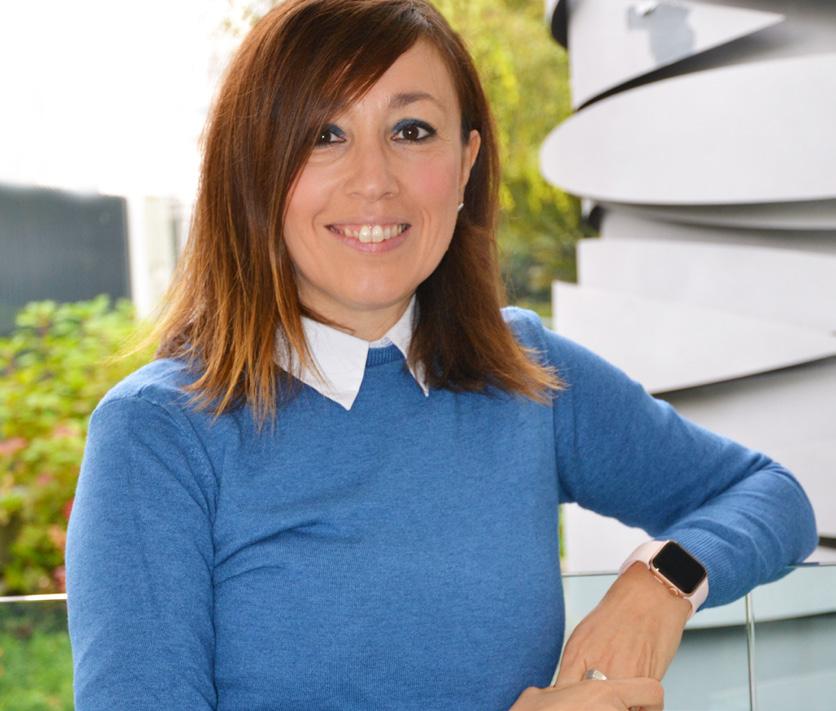
74
ahead of the curve
the go to digital platform for senior executives. Exclusive interviews with industry leaders Captivating features on the hottest technology trends The industry events you simply can’t miss Join our community
with



Let’s collaborate…

Innovation Magazine is a specialist technology platform with over 166,700+ readers.
Our community consists of C, V and D level executives from a wide range of industries. A unique blend of thought leadership interviews and features that cover digital transformation, cloud & cyber, enterprise IT, artificial intelligence, machine learning and sustainability.


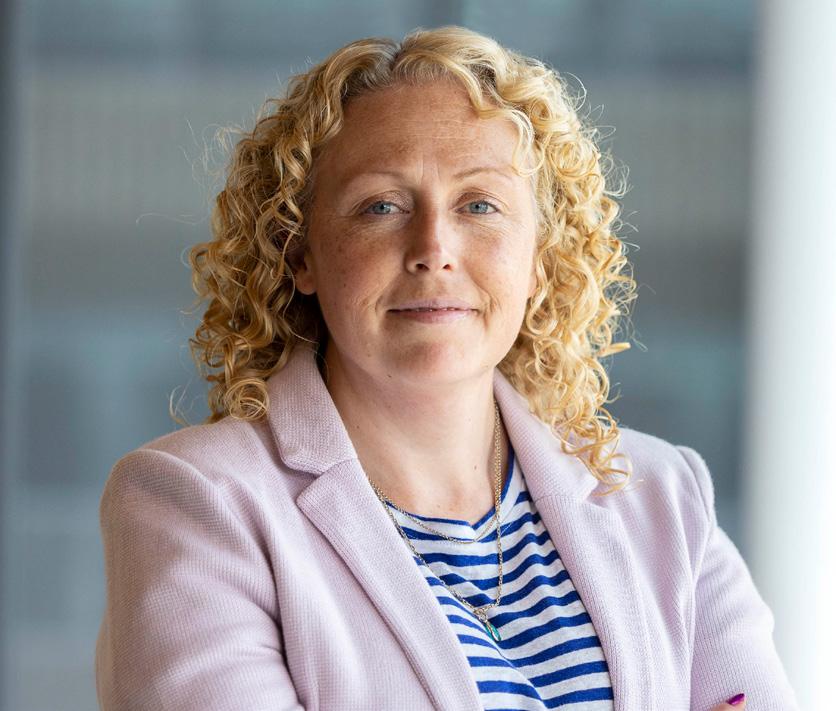
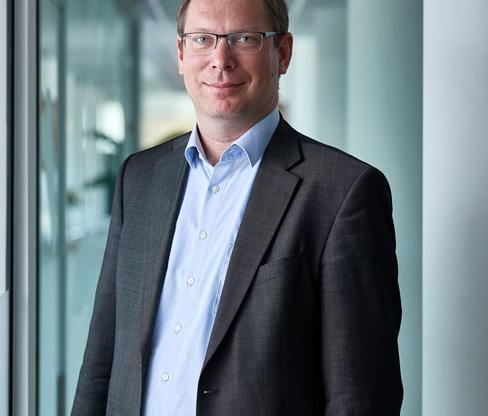
Demand
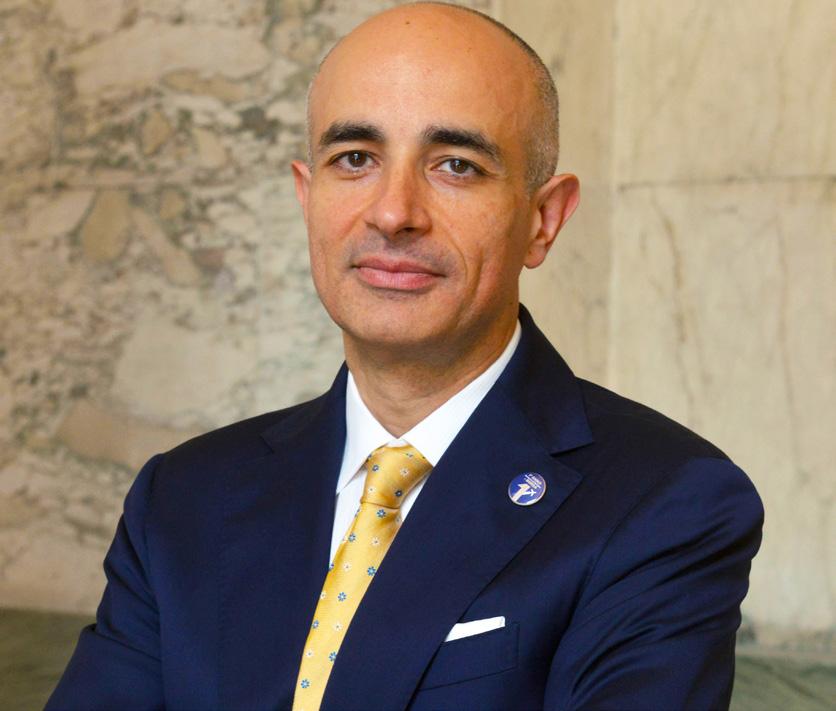


Webinars - Hosting & Promotion

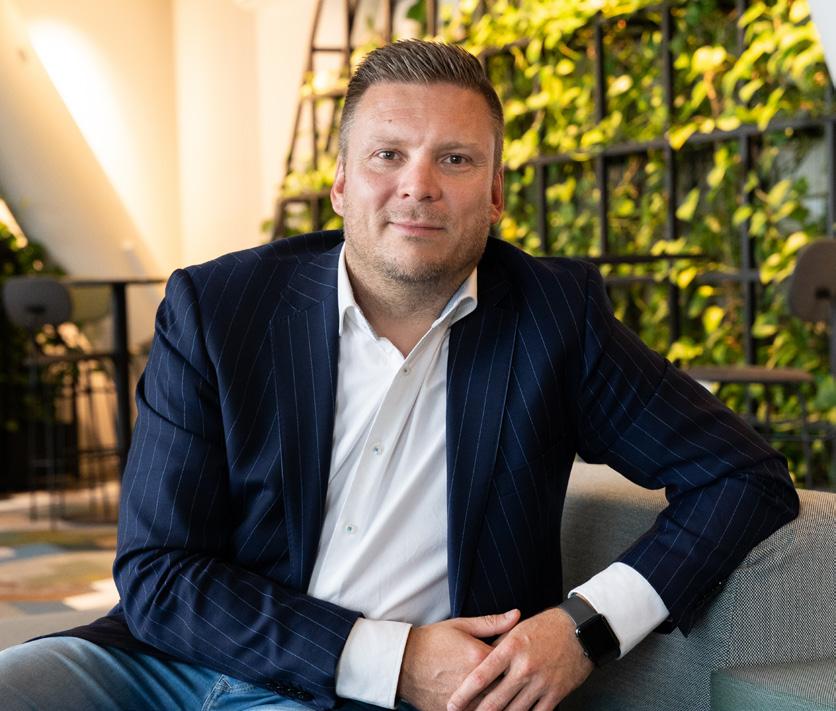

Team up with Innovation Magazine and build media programs that deliver.
Find out more
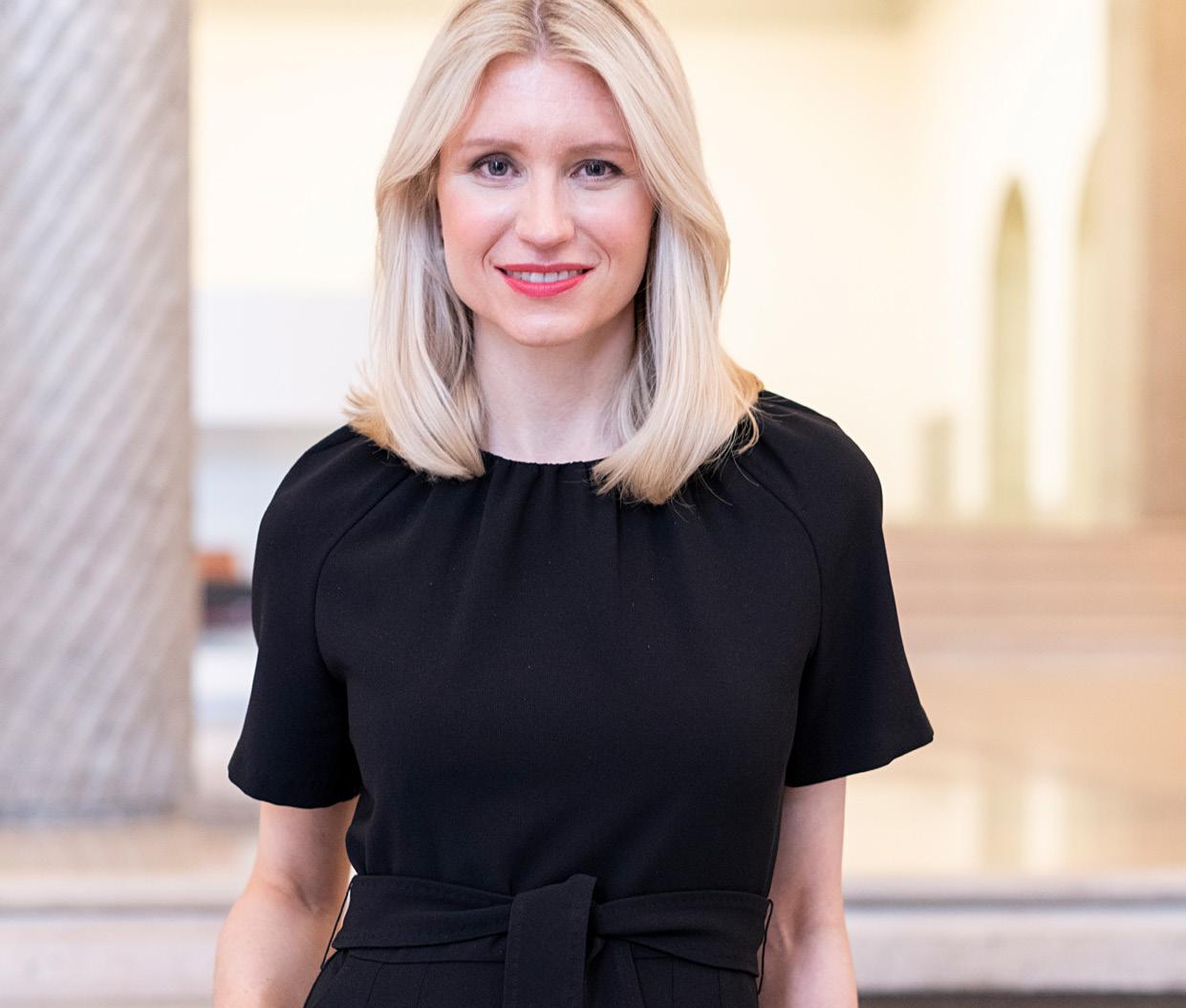
Website Newsletters
Generation
Reports
Digital Magazine
Whitepapers & Research
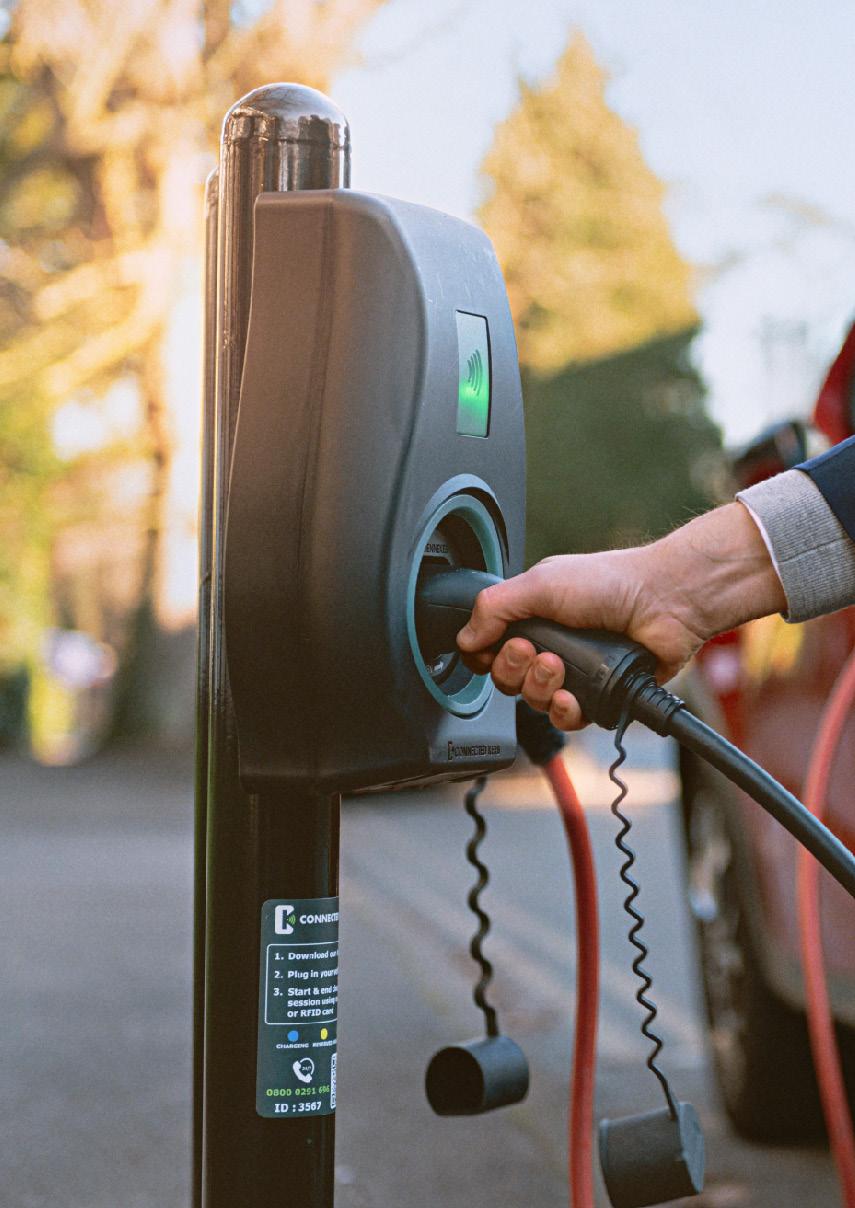
SMART CHARGING
UK DRIVERS COULD SAVE
£1.5BN A YEAR ON EV CHARGING, THANKS TO REVOLUTIONARY
SMART CHARGING ROLLOUT

Connected Kerb is levelling the playing field between public and home charging to drive the UK’s EV transition, making massive savings for drivers in the process, with its new smart solution.
CONNECTED KERB, ONE OF THE UK’S LEADING CHARGE POINT OPERATORS, IS ROLLING OUT SMART CHARGING ACROSS ITS NATIONWIDE PUBLIC NETWORK, FOLLOWING A SUCCESSFUL TRIAL LAST YEAR.
first-of-its-kind deployment, Connected
Kerb’s smart charging uniquely allows drivers to schedule charging during offpeak hours when energy is cheapest and greenest, saving money, cutting carbon and reducing pressure on the grid. This is the first time scheduled charging during off-peak hours has become available on a public charging network.
The rollout, set to begin in April, will see the majority of

Connected Kerb’s charge points – with 6,000 already installed and 4,000 to be deployed this year – activated to be capable of smart charging by 2025, acting as a blueprint for the UK’s rollout of public smart charging.
Connected Kerb’s new public smart charging offering will see lower overnight tariffs of £0.45 per kWh for drivers, extending the full benefits of smart charging to everyone. Thanks to the lower costs, drivers could save up to £222 per year on charging,
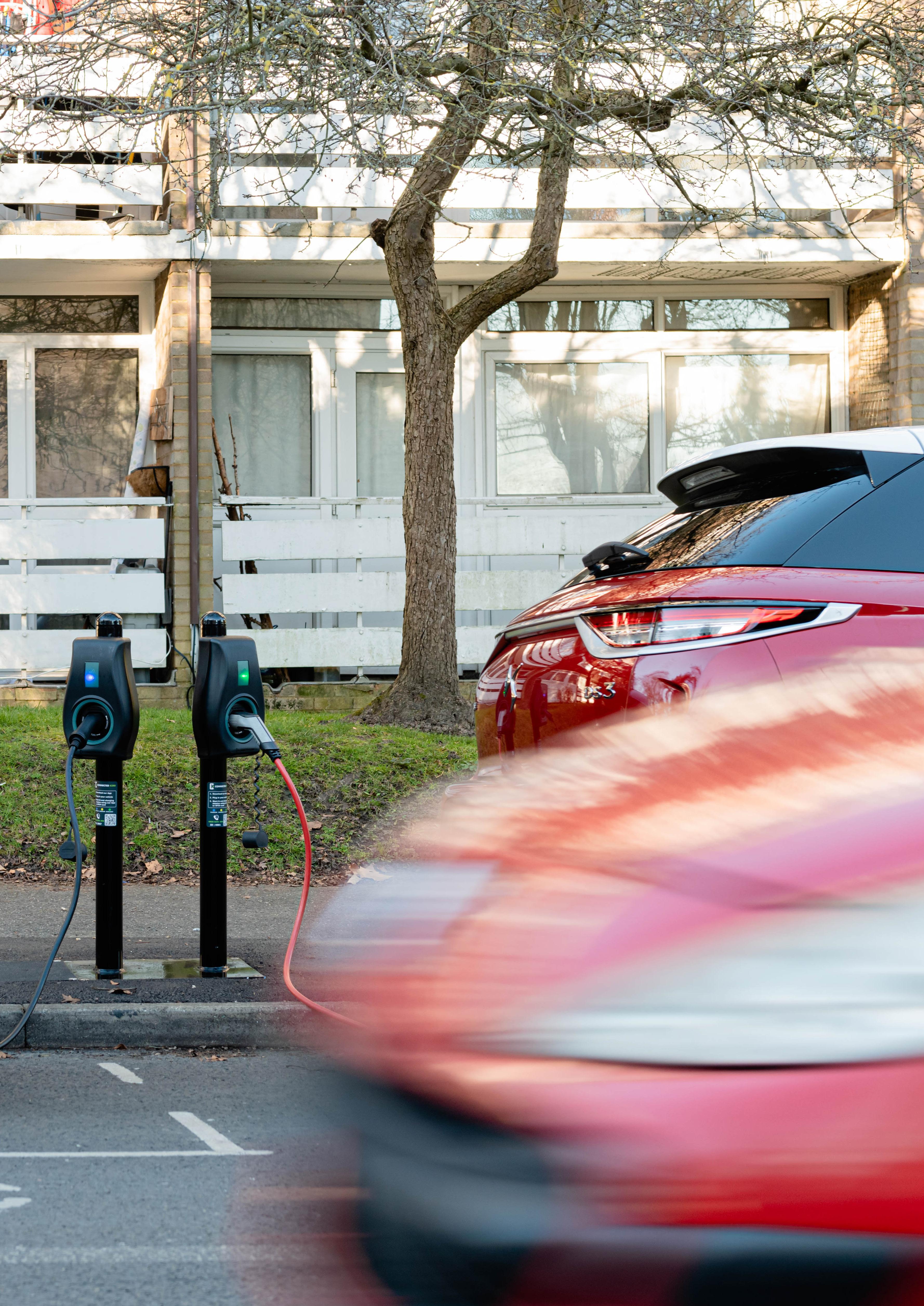
the equivalent of 495 free EV miles – enough to drive from Exeter to Edinburghi. Collectively, this could see an annual savings of £1.5bn for drivers by 2030ii.
Record numbers of drivers are making the switch to EVs every yeariii, with a projected 11 million EVs set to be on the UK’s roads by 2030iv. Yet, costs remain a key barrier to mass adoptionv.
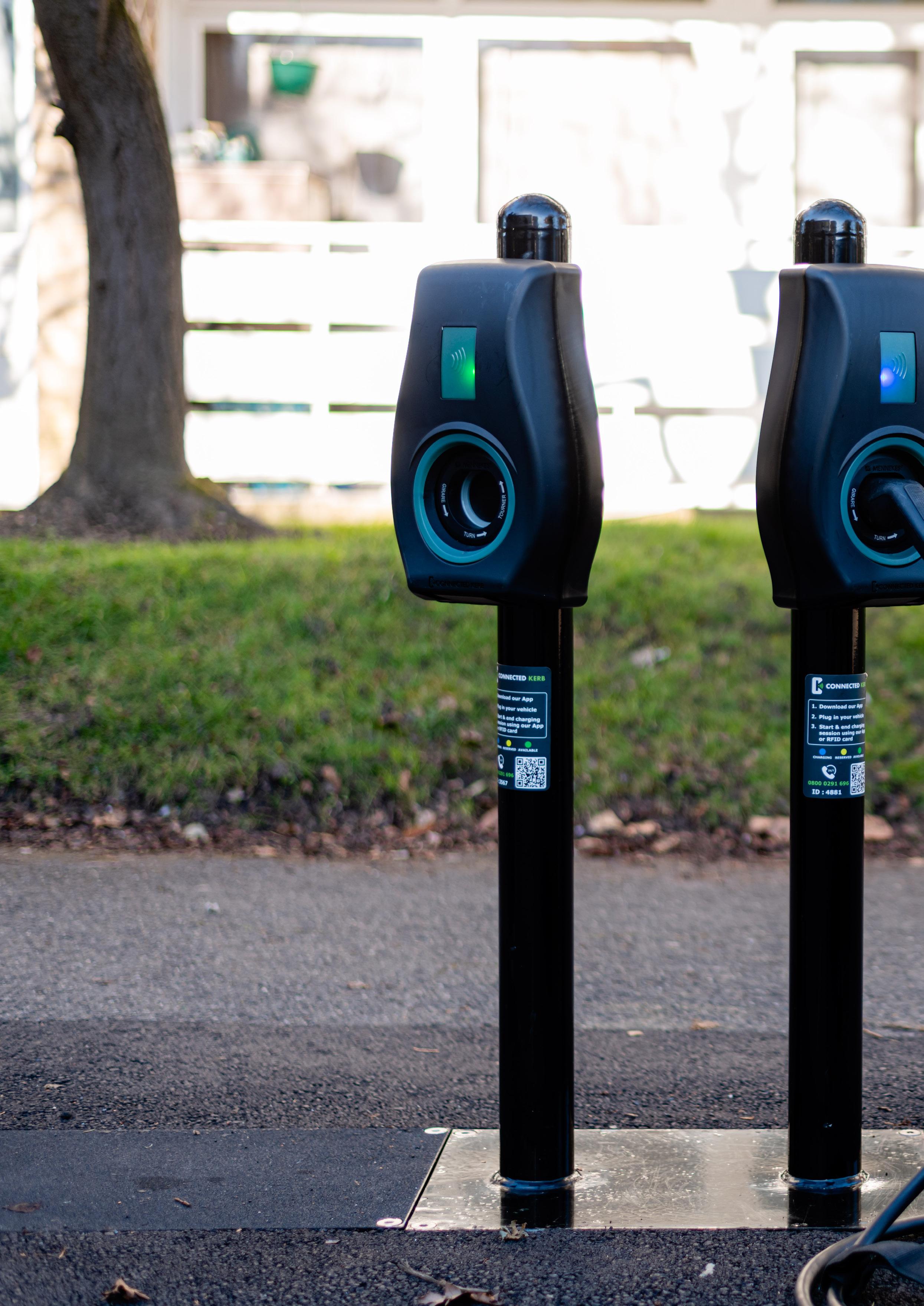
Until now, 62% of drivers without access to home charging have not been able to benefit from these lower electricity tariffs at off-peak times. Connected Kerb’s smart charging rollout will make these significant cost savings possible across its public charging network for the first time.
“Public smart charging is the catalyst we need to create a fairer,
“BY INCREASING THE SPEED OF CHARGING WHEN ENERGY IS CHEAPEST, WE CAN NOW OFFER DRIVERS LOWER-COST TARIFFS, MAXIMISE THE USE OF GREEN ENERGY AND TAKE STRAIN OFF THE GRID”

greener and cheaper charging network,” says Ben Boutcher-West, Chief Digital Officer at Connected Kerb. “We know that just under twothirds of people in the UK don't have access to a home charger, which is why we’re committed to levelling the playing field between those who can access smart charging and those who can’t.
“By increasing the speed of charging
when energy is cheapest, we can now offer drivers lower-cost tariffs, maximise the use of green energy and take strain off the grid. Our rollout of public smart charging isn’t just a major milestone for Connected Kerb, but the UK’s EV transition as a whole, bringing our public charging network one step closer to democratising the gap between those with and without off-street parking.”
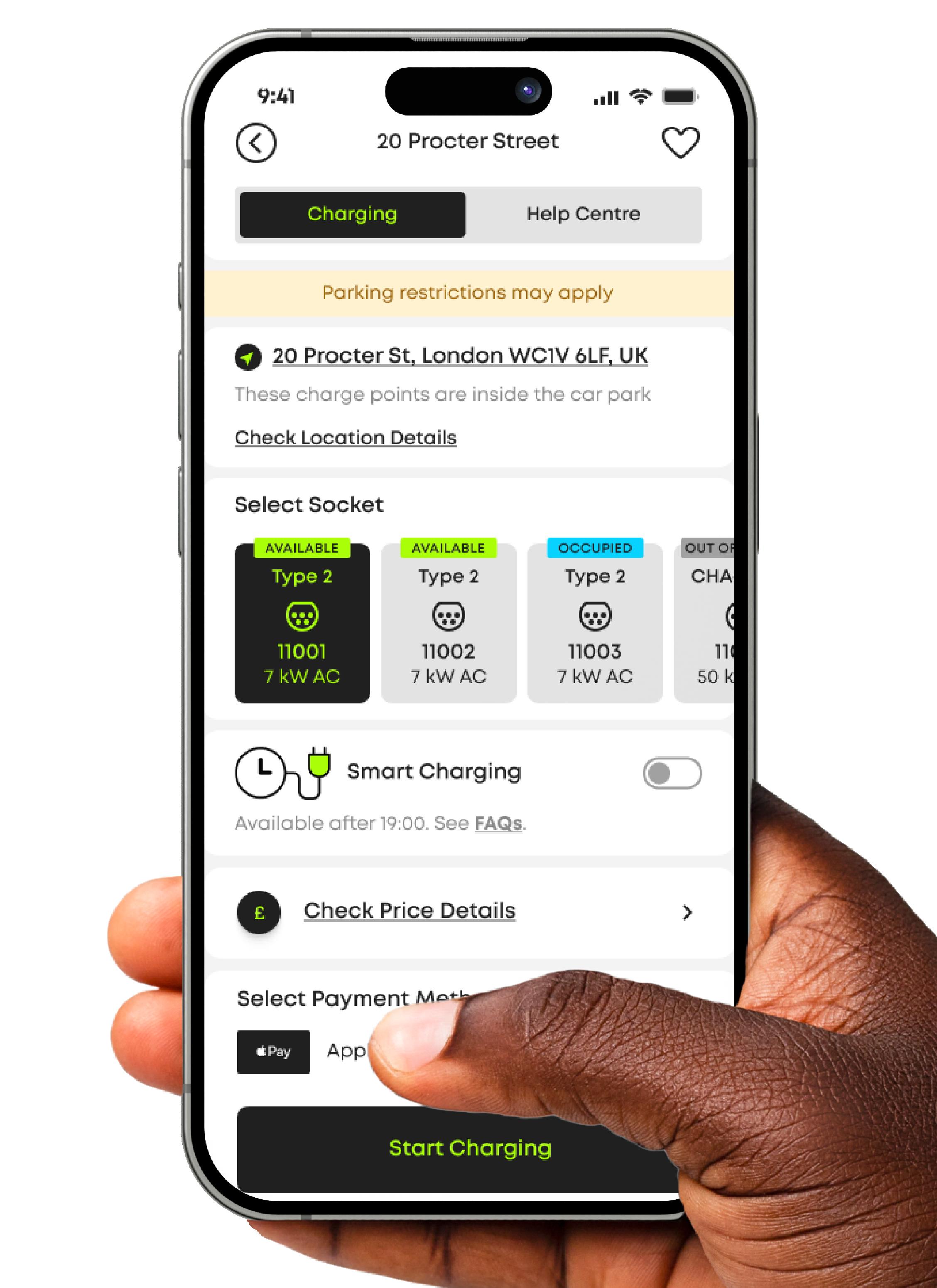

“SMART CHARGING ON CONNECTED KERB’S NETWORK WILL BE AVAILABLE TO USERS THROUGH ITS NEWLY LAUNCHED MOBILE APPLICATION, ENABLING THE QUICK, EASY AND CONVENIENT SETUP OF OVERNIGHT CHARGING”
Today, VAT on the public charging network in the UK is set at four times the cost of home chargingvi, meaning that drivers reliant on the public network are faced with additional costs. To accelerate the UK’s shift to electric vehicles at the pace required to address the UK’s transport emissions, tackling the inequities between drivers remains essential. By making smart charging publicly accessible, Connected Kerb’s rollout will play a fundamental role in addressing this imbalance.
The first areas to benefit from Connected Kerb’s smart charging rollout will be the regions of West Sussex, Lincoln, Scarborough, Ryedale, and Sunderland.
“All of our residents - whether they have a driveway or not - deserve access to the significant cost savings associated with smart electric vehicle charging,” says Joy Dennis, Cabinet Member for Highways and Transport at
West Sussex County Council.
“As EV adoption grows across the country, we're committed to ensuring West Sussex is a leader in the provision of intelligent charging infrastructure.
“This rollout is a genuine step towards a more equitable and sustainable charging system for West Sussex. Our agreement with Connected Kerb to launch smart charging capability across the county will act as a roadmap for other councils, increasing access to smart charging for all.”
IN PRACTICE: Charging smarter, not harder.
Drivers can benefit most from Connected Kerb’s smart charging capabilities by scheduling a charge from 7pm onward, any day of the week, through the company’s app. Once plugged in and scheduled, charging will begin at midnight and carry on until 7am or until the EV battery is fully charged.
83
The benefits of reduced energy prices between 12am and 7am are directly passed onto the user through a reduced tariff of £0.45 per kWh, 22.4% lower than the average rate of the UK’s fast (7-22kW AC) charging networkvii, providing considerable cost savings for users.
“We want people to be able to charge their EV in a way that works for them, so it’s great to see public smart charging providing opportunities for drivers to save money,” says Anthony Browne, Minister for Technology and Decarbonisation. “This has been made possible by Governmentfunded research, which is now
translating into new cheaper charging options for those charging outside their home – a prime example of how industry and Government can work together to support greener travel.”
Smart charging on Connected Kerb’s network will be available to users through its newly launched mobile application, enabling the quick, easy and convenient setup of overnight charging. The updated app features session tracking, providing users with live updates, so drivers can keep tabs on their charging remotely.
The company’s latest app displays recommended charge points, as well




as those in use, making it easier for drivers to find the most convenient charge points. The app also features easy registration, simple payments (including both Apple and Google Pay), alongside extra tips and tricks to get the most out of each charging session and encourage best practice.
The network-wide rollout of smart charging comes after Connected Kerb’s government-backed trial of public smart charging, Agile Streets, which revealed that peak energy demand could be cut by 240MW by 2030, the equivalent to boiling over 1.4m kettles. Reduction in peak demand for electricity directly reduces the use of fossil
fuels to generate energyviii, which is essential if we are to meet the UK’s legally binding target of net zero emissions by 2050.
“From heat pumps to electric cars, some of the UK’s biggest emitting sectors are electrifying fast,” says Juliet Davenport, Non-executive Chair of Connected Kerb. “The deployment of smart charging solutions on the public network is a game-changer for how the EV charging ecosystem supports the national grid.
“By allowing drivers – at scale –to charge up when demand for electricity is at its lowest, and
85
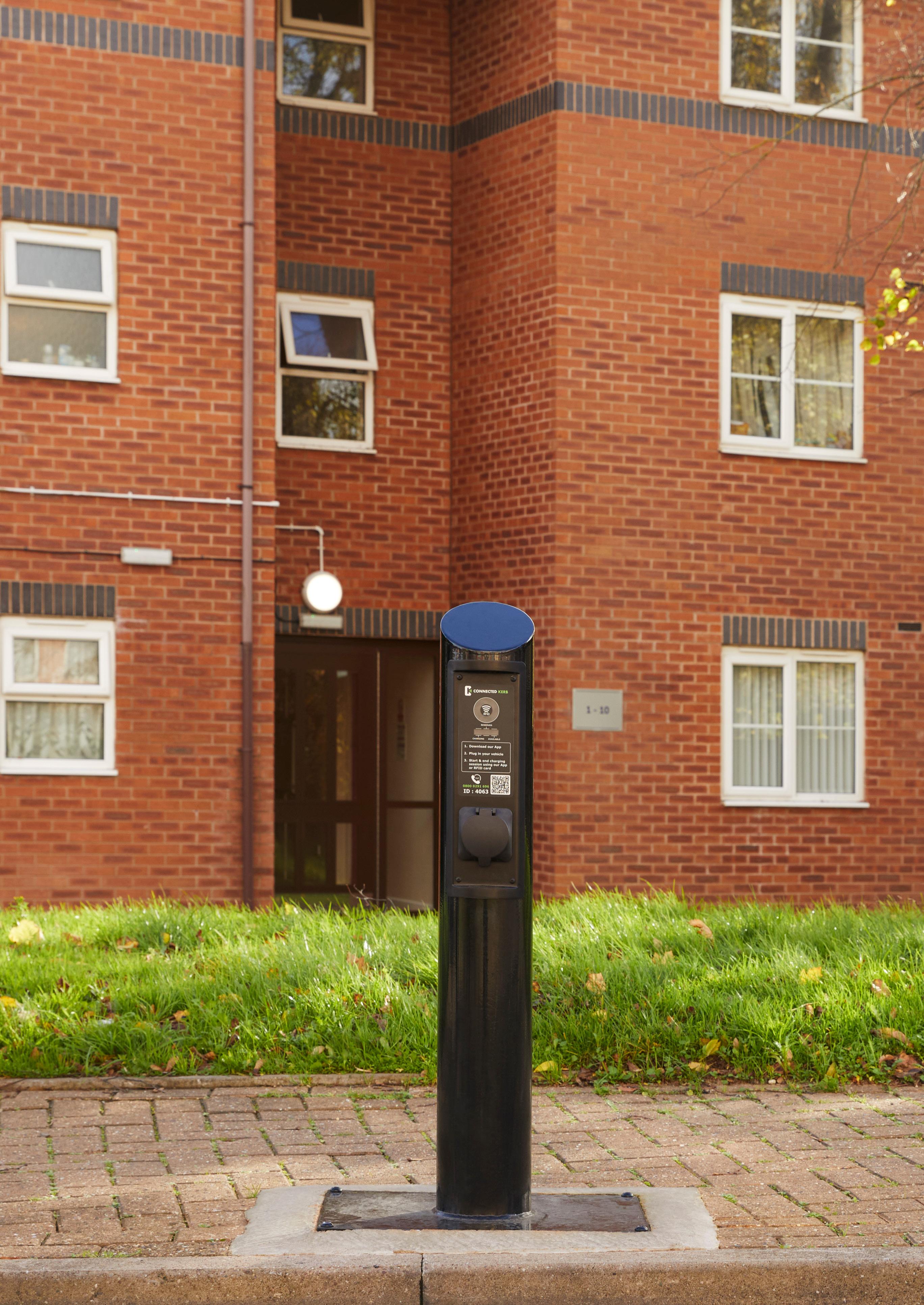

energy is at its greenest, Connected Kerb’s network will bring huge benefits in balancing the grid, and ultimately support a stable and sustainable clean energy future.”
This announcement follows the recent news of Connected Kerb’s partnership with South Tyneside Council, with plans to more than double the number of public charge points in the North East. Marking the single largest rollout of chargers in the North of England to date, the partnership will see up to 2,100 charge points installed, providing a major boost to the UK’s target of 300,000 charge points by 2030.
Download Connected Kerb’s new smartphone app here.
ABOUT CONNECTED KERB
Connected Kerb is one of the UK’s leading electric vehicle charging companies, on a mission to change the world for good – one charger at a time.
It aims to make EV charging inclusive, convenient and reliable for everyone. The company delivers on-street community EV charging and works with local authorities to support residents who are unable to charge at home. Connected Kerb also installs future-proof EV charging infrastructure at workplaces, retail destinations, car parks, commercial real estate and for residential developers.
As smart cities of the future develop, Connected Kerb’s charge points support Internet of Things (IoT) and other future technologies designed to have a positive impact on people and the planet. The company is committed to the future of sustainable mobility and aims to ensure that no one in the UK lives further than a five-minute walk from a charger.
i. Calculation available here.
ii. Calculation available here.
iii. EV registrations up over 20% from last year: https://www.smmt.co.uk/vehicle-data/evs-and-afvs-registrations/
iv. 11 million EVs set to be on the road by 2030: https://www.nationalgrid.com/stories/journey-to-net-zero-stories/eso-future-energy-scenarios-next-30-years
v. 55.8% not looking to buy an EV placed cost as the top deterrent: https://www.driving.org/over-half-of-drivers-reveal-they-wont-buy-an-electric-car-and-cost-is-the-mainbarrier/#:~:text=Over%20half%20of%20the%20respondents,models%20averaging%20around%20%C2%A330k.
vi. VAT on public charging at 20%, VAT on home charging at 5%: https://www.rac.co.uk/drive/news/electric-vehicles-news/ev-operators-plead-with-chancellor-cut-vat-for-publiccharging-network/
vii. Calculation available here: Smart charging - press release calculations
viii. UK gas-fired ‘peaking plants’ are fired up at peak energy demand: https://www.theguardian.com/business/2023/jan/29/gas-fired-plants-uk-lights-on-cost-profits-energy-crisis
Source: Connected Kerb
BAE Systems breaks ground engineering and product

ENGINEERING
ground on cutting-edge product development site

BAE Systems' Combat Mission Systems (CMS) is starting construction on its new 236,000-square-foot facility in Maple Grove, Minnesota.
Designed with functionality and a future-proofed blueprint, BAE Systems’ new engineering and product development facility will provide the infrastructure required to innovate solutions that support the US military and its allies around the world.
“Breaking ground on the Maple Grove site is a critical milestone for our business as our talented employees will have a state-of-the-art facility to enable them to make a difference for those who put their lives on the line to protect us,” says Andy Corea, Vice President and General Manager of Combat Mission Systems (CMS) at BAE Systems. “The new facility is core to our efforts
to attract and retain talented employees, while also enabling us to modernise our industrial base, improve internal processes, and strengthen performance as we continue to develop and produce highquality capabilities for our warfighters.”
Today, BAE Systems' Minnesota operations are home to worldleading design, development and lifecycle support services
90

91
from www.baesystems.com
Photo
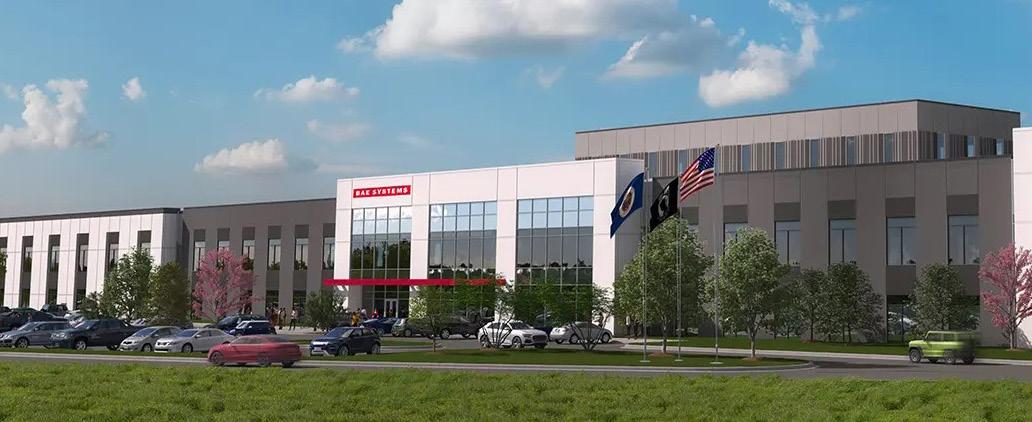

92
from www.baesystems.com
Photo


“Our Minnesotabased operations have a long history of making a difference for our troops”
Brent Butcher, Vice President of BAE Systems
for a full spectrum of gun systems, weapon launching systems, advanced munitions, weapon handling systems and combat vehicles. BAE Systems will carry its historic background – with local operations dating back to the 1940s – into the new facility that will be built to meet the needs of its current and future workforce.
“We're incredibly grateful to be establishing roots in the Maple Grove community," says Brent Butcher, Vice President of BAE Systems' CMS weapon systems product line. "Our Minnesotabased operations have a long history of making a difference for our troops. We're taking these decades worth of experience and collaborating with our stakeholders each
93
step of the way to make sure the new site will support our team members, customers, supply base and surrounding communities.”
Beyond modern technology and infrastructure, the space will feature energyefficient designs supporting the company's sustainability goal to be carbon neutral across all operations by 2030. The Maple Grove facility will have industryleading capabilities onsite including:
• A dedicated engineering workshop designed for all specialties including digital engineering.
• A product design centre where employees, customers and suppliers can collaborate and share knowledge on development projects.
• A full-service prototyping lab with bays for the development of future products and services.
This industry-leading project has been developed by commercial real estate development, construction and design company The Opus Group (Opus).

94

95
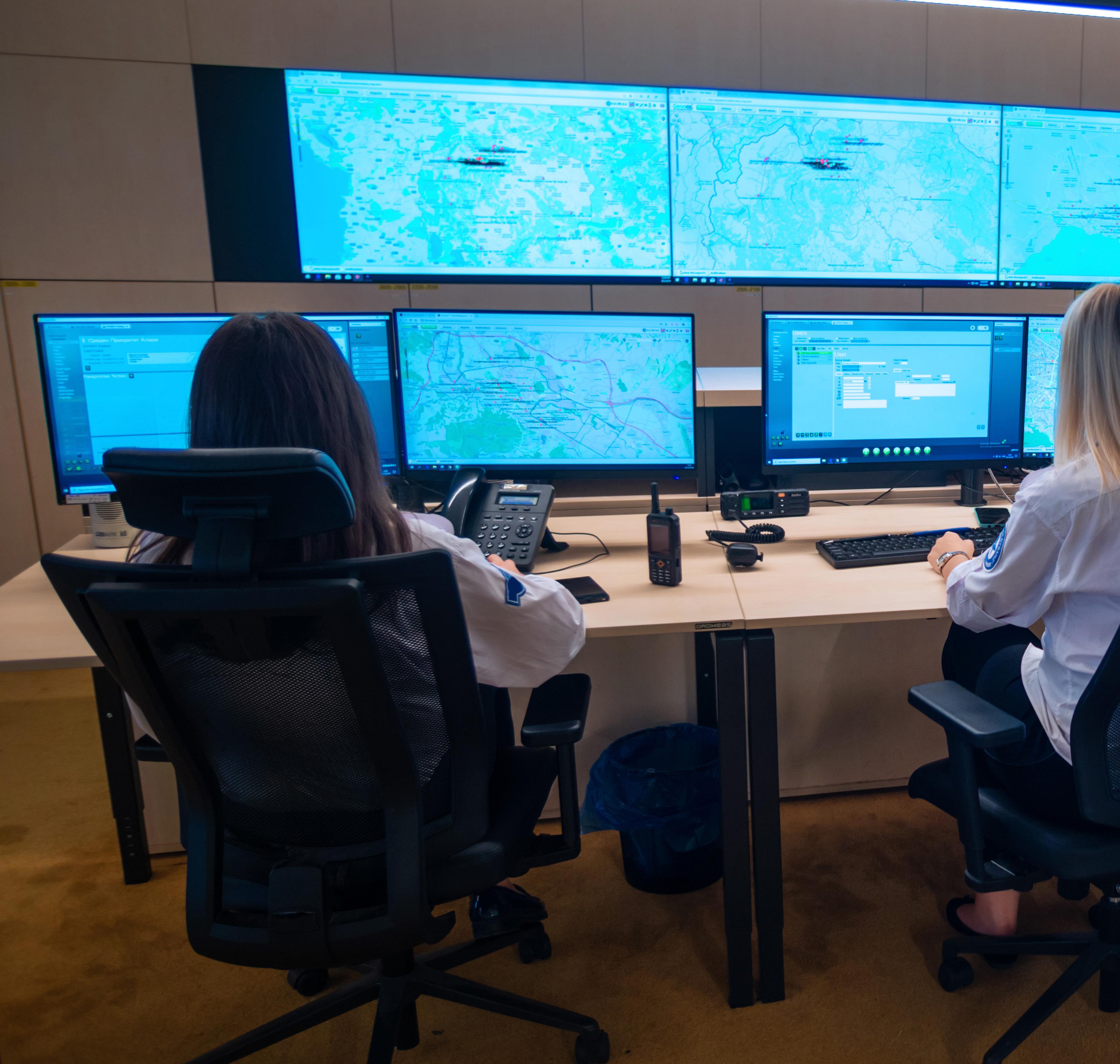
“BAE Systems will move its current operations in Fridley, Minnesota to Maple Grove once development is complete in 2025”
96
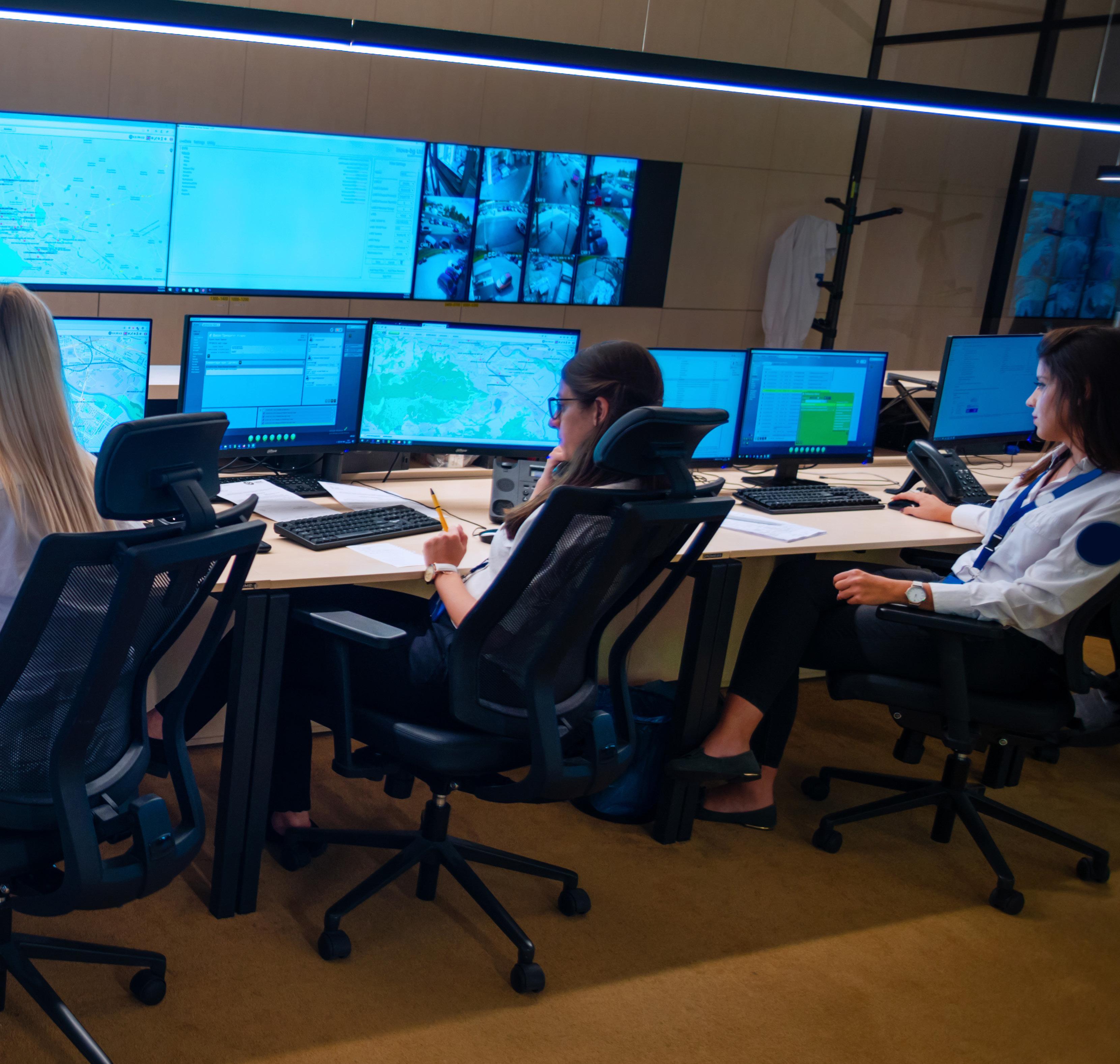
"Opus is excited to collaborate with BAE Systems to develop and deliver a state-of-the-art facility for the company and its stakeholders,” says Nick Murnane, Vice President and General Manager of Real Estate Development at Opus. “We have a long history of development in the
City of Maple Grove and Opus is proud to bring another development to this community."
BAE Systems will move its current operations in Fridley, Minnesota to Maple Grove once development is complete in 2025.
Source: BAE Systems
97

How The Quest for Femininity is offering a space for women in technology roles to reconnect with their authentic selves.
recent report revealed that three-quarters of women admit to getting stressed about work, and one-third start feeling stressed about work the night before their working week begins. In addition, one in three working women are experiencing symptoms of depression or anxiety.
During a ten-year career in the tech industry, The Quest for Femininity founder Urša Hribernik felt disconnected from her inner self and after years of attending several spiritual retreats and masters, she decided to create a space for women in technology to rebuild their relationship with their femininity and nature.
“As a society we strive for equality but we forget our biological differences and psychological aspects,” says Ursa.
“Many women in the Western world don't even consider being synced with their menstrual cycle and dare to act out of their feminine essence as we were taught at school we should be systematic, analytical and use

rationale – so that our performance can be measured and optimised (the masculine approach),” adds Ursa. “This approach doesn't allow women to express themselves fully, be creative and open to life (the feminine approach) – creating a significant gap between who they are and who they believe they should be.”
Through activities such as ecstatic dancing, meditation, shamanic and tantric work, Ursa together with other experienced facilitators cultivate an experience that helps women tap into their feminine energy and reconnect with themselves at The Quest for Femininity.
By embracing a conscious approach to wellbeing, including improved decision-making based on intuition and a heightened sense of sustainability, these activities offer a pathway to bridging the gap between the demands of the modern world and the need for holistic fulfilment.
Ultimately, elevating feminine energy
IN THE SPOTLIGHT

“Through retreats and workshops, we aim to reconnect women with their feminine essence, inner selves, and nature”
Urša Hribernik, The Quest for Femininity founder
in women not only enhances their individual well-being but also contributes to improved productivity, increased success and overall flourishing within the workplace and beyond.
“Wars, climate change, and escalating pollution levels are consequences of viewing nature and other humans as separate entities from ourselves," says Urša. “This mechanistic worldview, prevalent in our society, emphasises categorisation, systematic measurement, and optimisation – traits often associated with masculine principles. However, in doing so, we often overlook our primal essence and interconnectedness with each other and the natural world, which embodies the feminine principle. While striving for equality within a system governed by masculine ideals, women frequently feel compelled to compete with men on identical terms, neglecting our inherent differences instead of


embracing them as complementary aspects of femininity and masculinity present in both genders.
“Despite achieving remarkable success, many women experience profound unhappiness and anxiety. This discontent arises from the discord between the ego and the true self, between our behavioural patterns and authentic identities. Through retreats and workshops, we aim to reconnect women with their feminine essence, inner selves, and nature. I firmly believe that women in their feminine energy act as the societal glue, and by nurturing feminine energy within them, the benefits extend beyond individuals or companies to encompass our entire society and humanity as a whole.”
Learn more about The Quest for Femininity here.

Connect with us on LinkedIn THE BIGGEST NAMES IN INNOVATION AND TECHNOLOGY EXCLUSIVE INSIDER INSIGHTS FROM SENIOR EXECUTIVES THE LATEST INDUSTRY NEWS AND TRENDS ACCESS TO WORLD-LEADING EVENTS





























































































































































